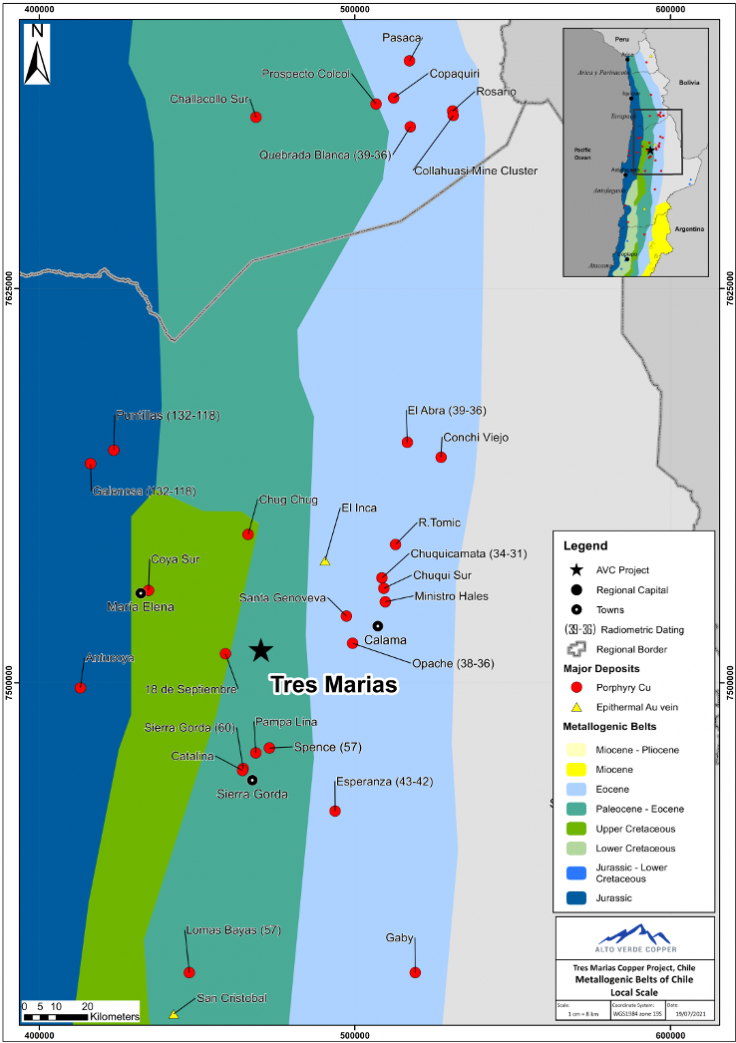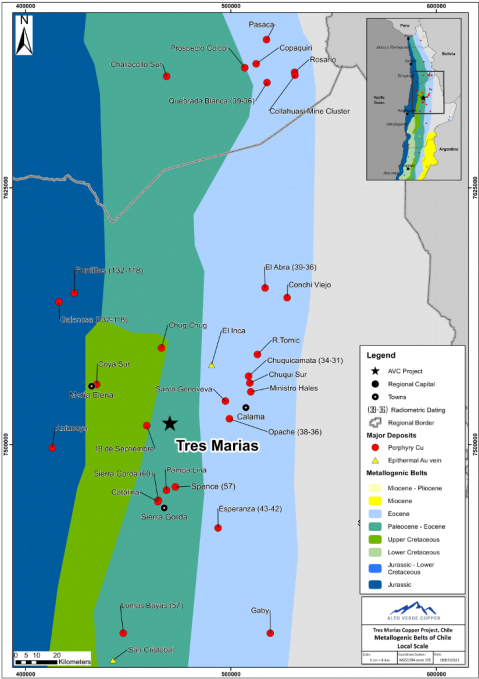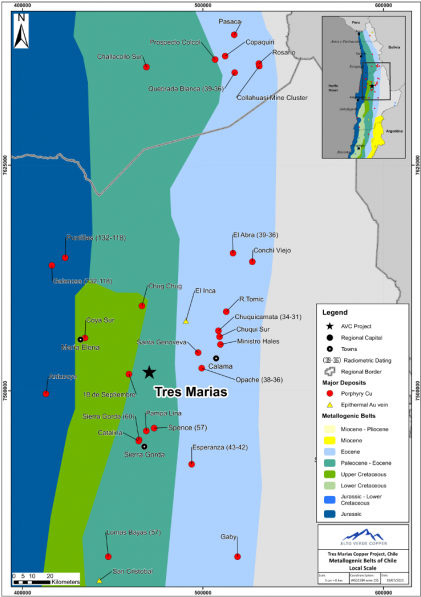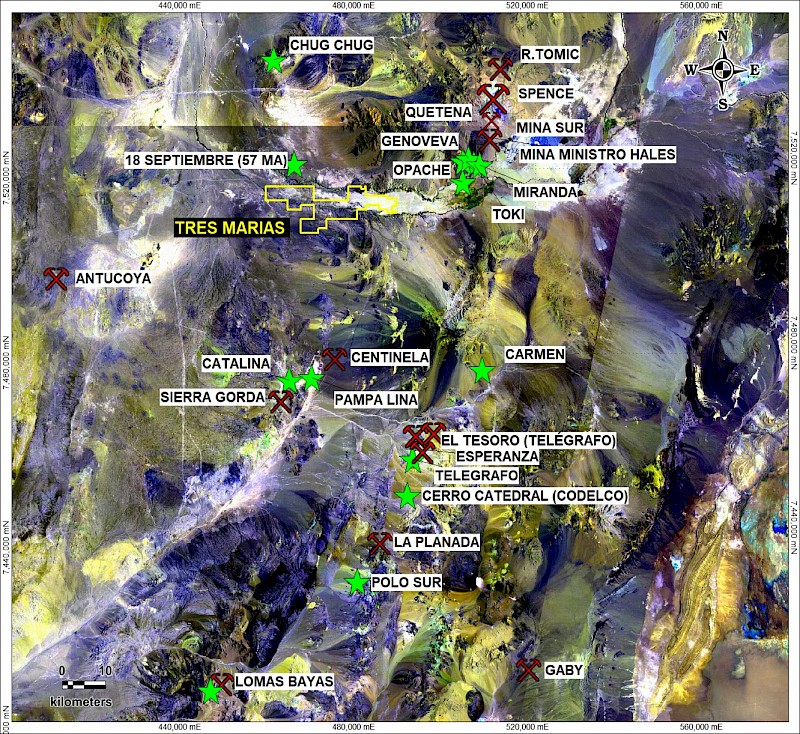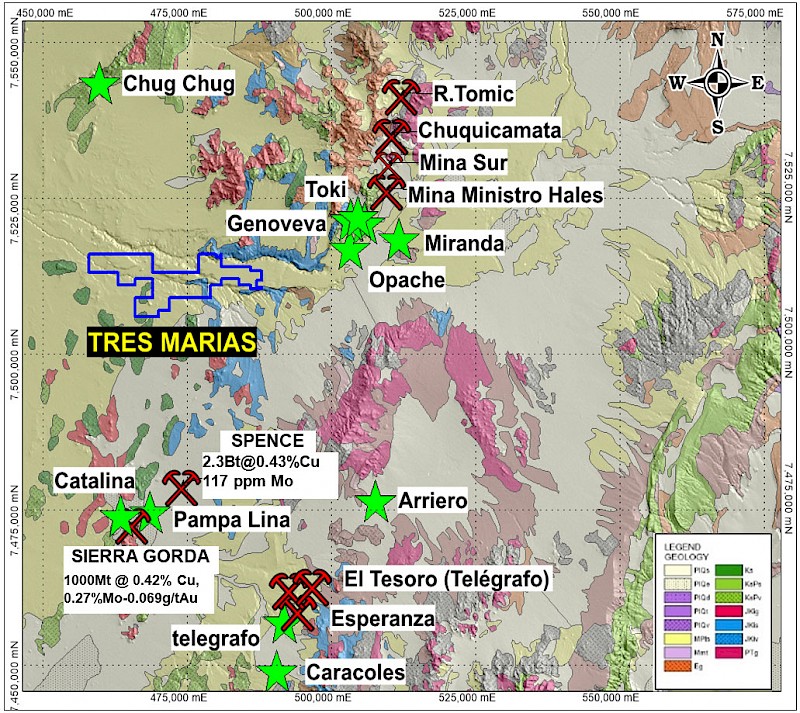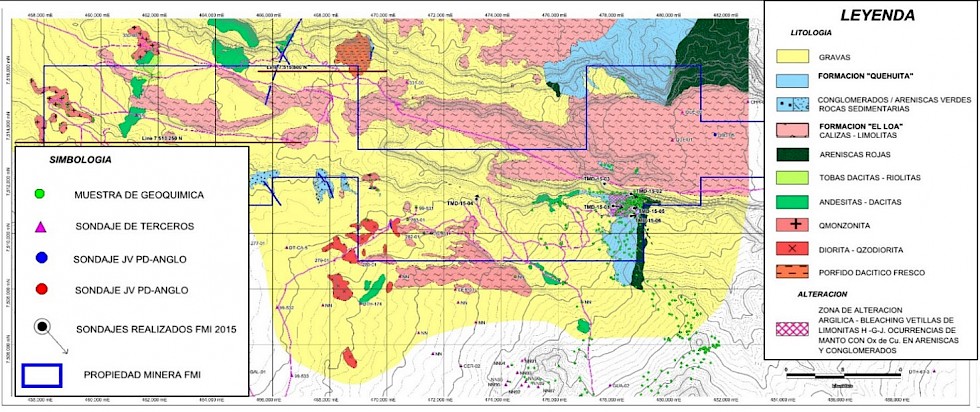-
Tres Marias
Overview
Target Deposit Type: Copper Porphyry (PCD)
Stage: Intermediate-Stage Exploration
Ownership: 100%, NSR 0.5%*
Location: Antofagasta, Chile
Size: 16,250 ha
Elevation: 1,600m
The Project is at an intermediate exploration stage, with the bulk of the known historical work on the property completed between 2013 and 2019 including geological mapping, geochemical sampling, geophysics, as well as two drilling campaigns using both diamond and RC drill rigs.
Location & Infrastructure
The Tres Marias Project is located 1,150 km north of Chile’s capital city of Santiago, in the Antofagasta Region II. The Project lies within Antofagasta Province and Sierra Gorda Municipality, approximately 120 km northeast of the port city of Antofagasta, 30 km west of the city of Calama, in the Paleocene copper porphyry belt, 30 km north of the BHP Chile’s Spence Mine.
The city of Calama can easily be accessed via a 2-hour flight from Santiago; the project is accessible from the city of Calama from the north is via a track along the north bank of the Loa River, which runs between the Loa and San Salvador rivers. The Project is also accessible from the area south of the Loa River via the 35 km road from Calama to Antofagasta road, and then direct to the Project via the access routes built by other exploration companies.
The city of Calama is an important commercial, financial and administrative centre and can provide sources of labour and supplies needed for an exploration, is considered the Mining Capital of Chile and has an unbeatable infrastructure, with an international airport, it is connected with the rest of the country by the Pan-American highway (Route 5), it has rail transport with boarding and disembarking services in ports, on the coast there are ports in the cities of Antofagasta, Mejillones and Tocopilla, also has the Norte Grande Interconnected Electric Power System (SING) that extends between Tarapacá and Antofagasta, First and Second regions of Chile.
The Chilean mining industry is extremely well developed, with the country being a major producer of copper, iron ore and other metals. Mining supplies and equipment as well as a highly trained technical and professional workforce are available in Chile, and major international mining companies operating in Chile have little requirement for expatriate employees. A number of international exploration and mining service companies and engineering firms also operate in Chile and provide excellent geological and logistical support to foreign companies.
Metallogenic location of Tres Marias Copper Project
The Tres Marias Project is located in the Atacama Desert, a region with an extremely dry desert climate, most rainfall in the Calama area occurs in January and February (average 3 mm) with none to 1 mm of rainfall in the balance of the year; the driest months being September to December. Average monthly temperatures have highs ranging from 20° to 25°C, highest in the summer months of October to April, and lows ranging from -10° to 5°C, lowest in the winter months of May to September. In general, exploration programs can be conducted throughout the year.
Geology & Exploration
The Tres Marias Copper Project is located in the Morphostructural zone of the Atacama Desert known as the Central Depression, a region underlain by Upper Cretaceous to Lower Paleogene Period magmatic arc rocks comprising a north-south linear belt. The Project lies within the Central Metallogenic Belt (Paleocene-Lower Eocene) which includes the Spence (BHP) and Sierra Gorda (KGHM) copper mines and the El Peñon (Yamana) and El Guanaco (Austral Gold) gold-silver mines.
The Paleocene-early Eocene strip, extends by the south from Vallenar (29 ° 30’S) in Chile, occupying the central portion of Chile (Central Depression and Precordillera). The metalliferous deposits that this strip presents in Chile correspond mainly to Cu-Mo porphyries, the most important are the deposits of the Centinela District, the Spence and Sierra Gorda deposits, as well as other Cu-Mo porphyries highlighted in this strip such as Relincho, Lomas Bayas and Cerro Colorado. This strip extends to the northern limit of Chile and continues into southern Peru, where the most economically important deposits in Peru are located (Cerro Verde-Santa Rosa, Cuajone, Quellaveco and Toquepala).
The Central Metallogenic Belt is host to many epithermal gold-silver deposits and subvolcanic porphyry copper systems. Historically this belt is one of the most significant copper producing belts in Chile.
The regional-scale geology is dominated by upper tertiary sedimentary rocks of the El Loa Formation and recent overlying gravels. The eastern parts of the Property contain Jurassic sedimentary rocks of the Quehuita Formation, while towards the west are Cretaceous volcanic units. Volcanic and intrusive subvolcanic rocks, with intercalations of volcano-sedimentary and volcanic rocks of the Collahuasi Formation occur east of the Property.
Regional geology of Tres Marias
The boundary of the Tres Marias Copper Project is elongated in an east-west orientation, parallel to the Loa and San Salvador Rivers, whose ravines expose rocks of a different nature in the westernmost area as opposed to those in the east. Most of the Property is covered by unconsolidated recent sediments such as gravel and alluvium, with fine-grained sedimentary rocks of the El Loa Formation forming terraces or remnants on higher ground.
Local geology of Tres Marias
Given the Project’s location within the early Cenozoic Metallogenic Belt and the many copper mines found historically and currently within the Belt, the principal deposit type being explored for on the Property is Porphyry Copper or “PCD”. Mineralized systems associated with PCDs commonly include polymetallic skarn, carbonate replacement and stratabound (i.e. Manto-style Copper), sediment-hosted gold silver, and high, intermediate and low sulphidation epithermal silver-gold-base metal deposit types.
Exploration
The majority of the historical exploration work on the property was carried out between 2013 and 2019 by Minera Freeport-MacMoRan South America Ltda., and includes geological mapping, 1 / 50K of the entire project and 1 / 5K of the study area geochemical sampling with 171 Geochemical samples, 1,564 DDH samples and 568 RC Samples; Geophysics, which include ZTEM 110 km², with 230 linear km + 52 km of mooring lines (282 km in total) in 2013 and 02 IP GDAS lines for a total of 14.6 km in 2015 and two campaigns of diamond drilling with 06 drillings by 2799 m and one campaign RC drillings with 2 drillholes by 996 m.
The best historical drillhole intercepts are:
TMD-15-02: 2.4 m @ 3.1% Cu and 19 ppm Ag (mineralized mantle).
TMD-15-05: constant Zn and Pb mineralization, 386.50 m @ 1,162 ppm Zn and 363 ppm Pb.
TMRC-18-01: 4 m @ 4.5% Cu and 121.5 ppm Ag (mineralized mantle).
TMRC-18-02: constant mineralization of Zn and Pb, 476 m @ 662 ppm Zn and 355 ppm Pb, including from 238-272m 34m @ 0.31% Zn and 0.26% Pb.The results obtained in previous campaigns confirm the presence of mantle-style copper mineralization and the upper part of a possible mineral system with hydrothermal alteration has been recognized that shows a polymetallic association Zn-Ag-Pb-Cu and it is not ruled out that these The results correspond to the periphery of a possible copper porphyry system that, to date, shows a clastic sedimentary box with polymetallic association.
The Company’s 2021 exploration program at the project includes an program of geophysics work including reprocess ZTEM flights in order to obtain a 3D volume of resistivity and magnetization on a regional scale, followed by intense UAV MAG and IP / Resistivity GSDAS survey, with these results, it is planned to carry out a reverse circulation drilling program with 3,500 m of drilling.
Reports
2023 Independent NI 43-101 Technical Report on the Tres Marías Copper Project
Photo Gallery
Photos from Tres Marias Phase 1 drilling
-
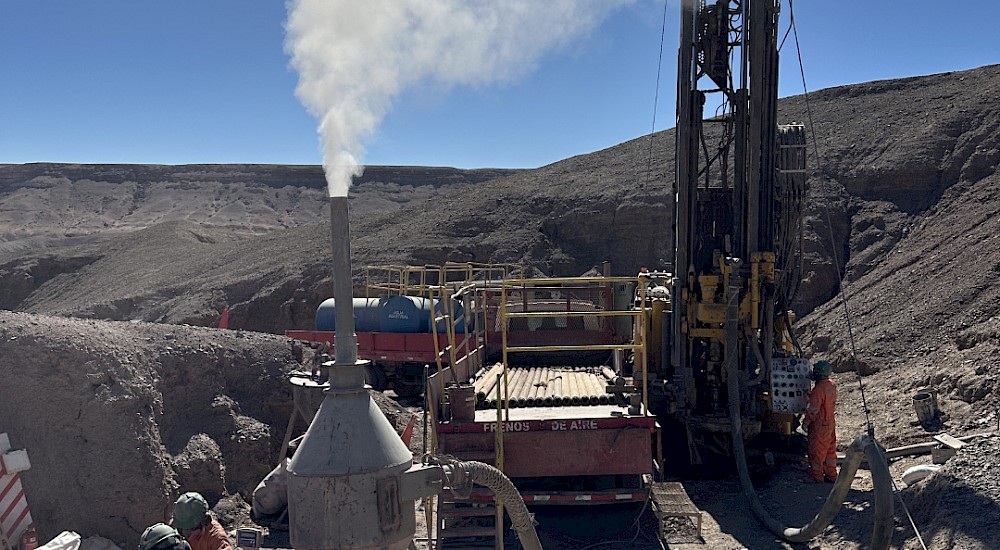 1 of 13
1 of 13 -
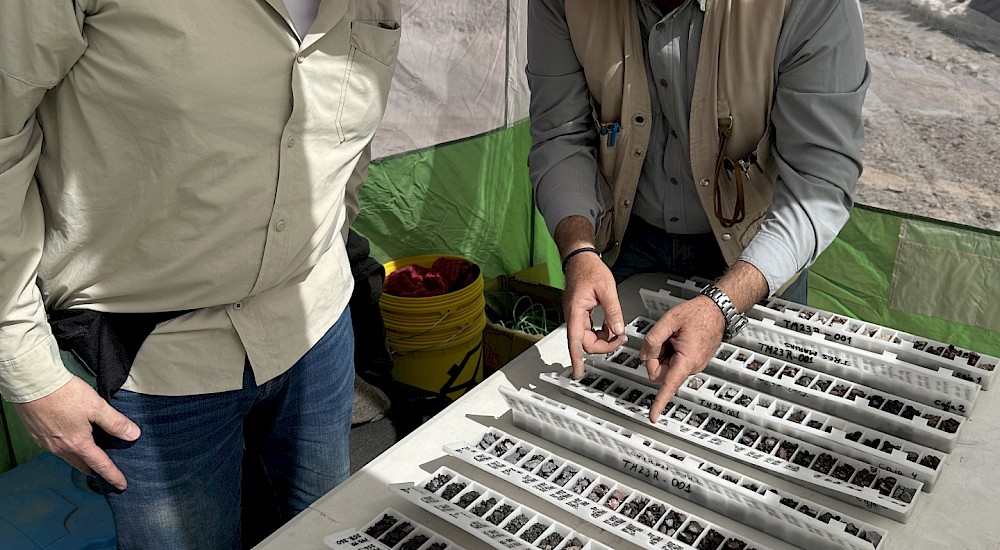 2 of 13
2 of 13 -
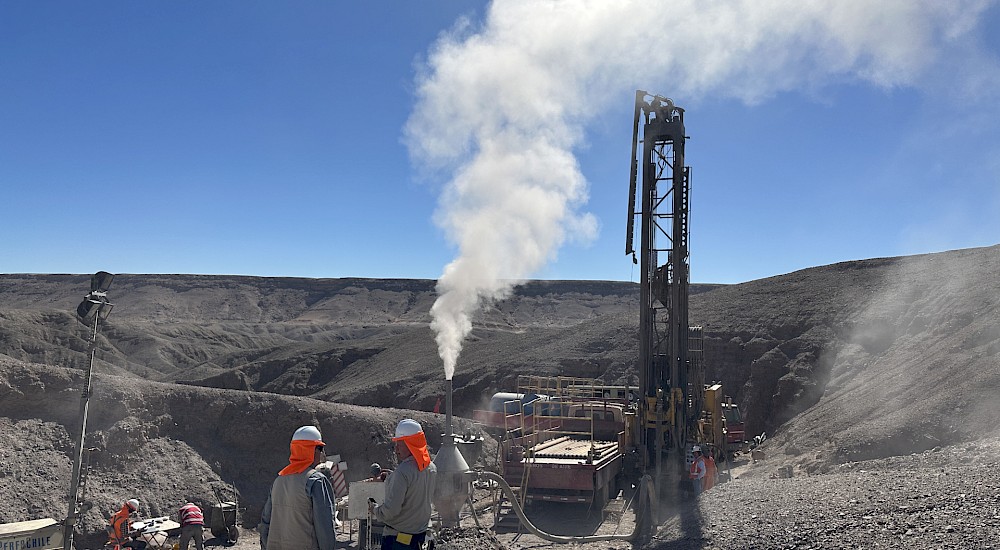 3 of 13
3 of 13 -
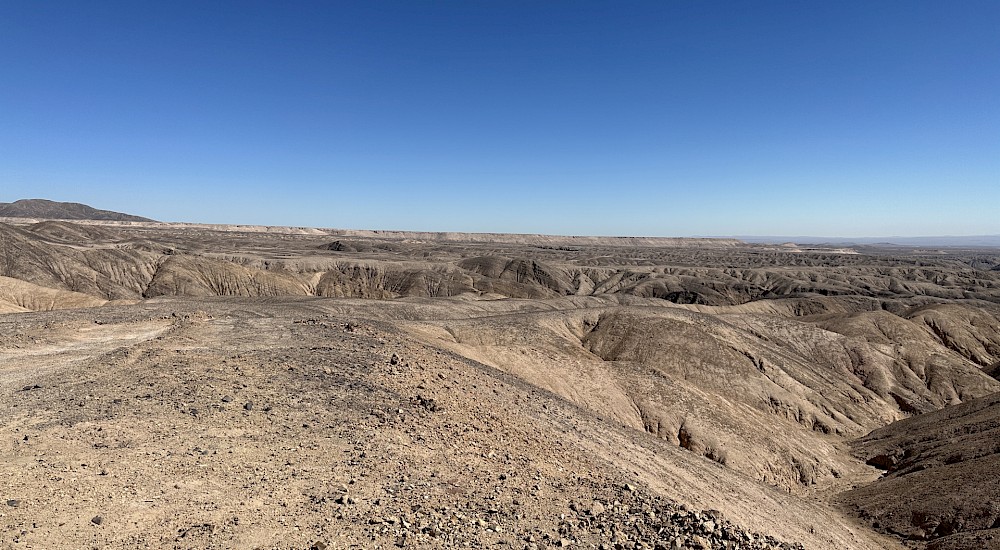 4 of 13
4 of 13 -
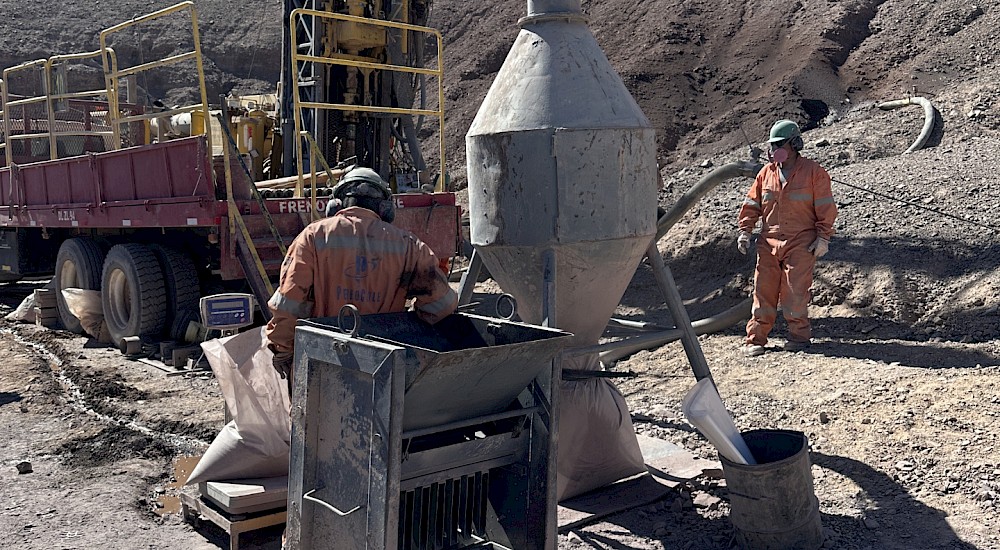 5 of 13
5 of 13 -
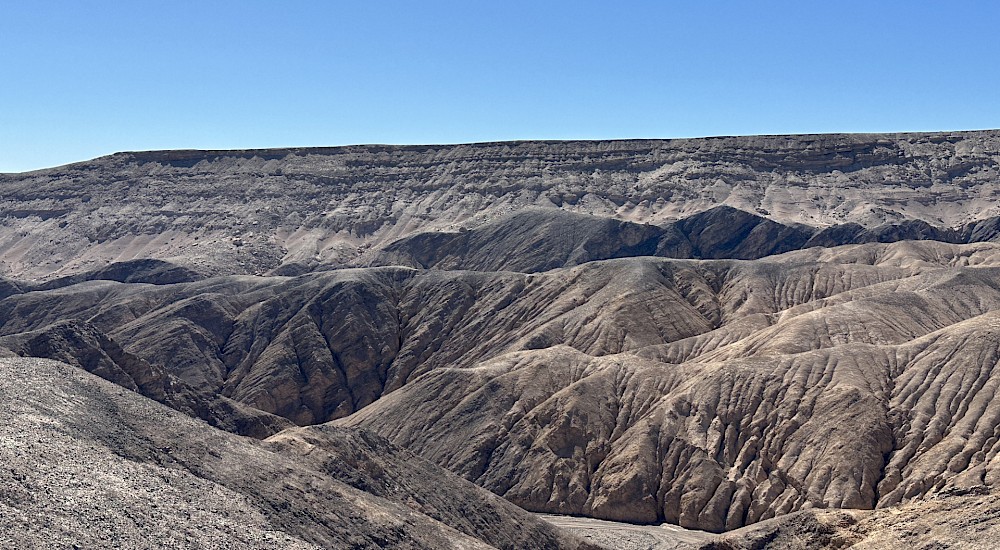 6 of 13
6 of 13 -
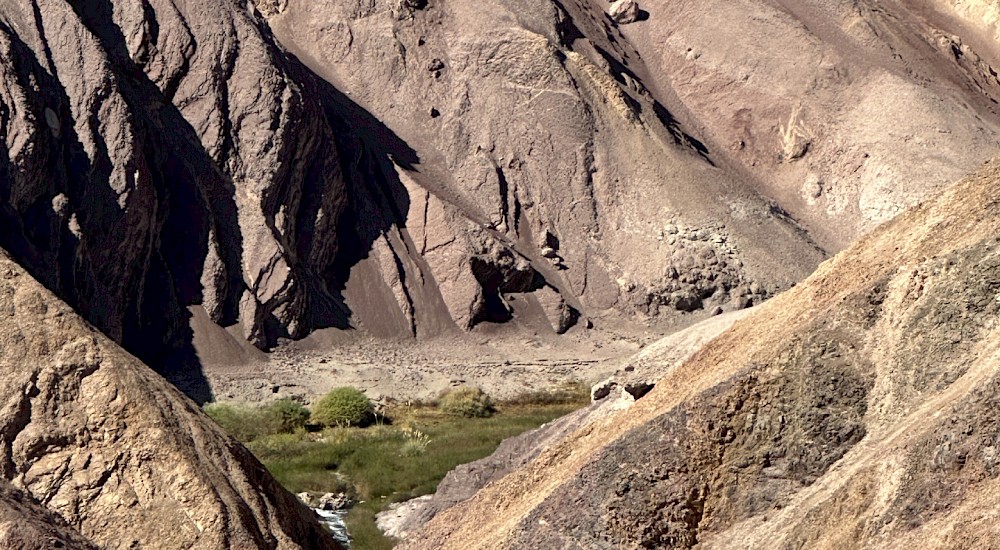 7 of 13
7 of 13 -
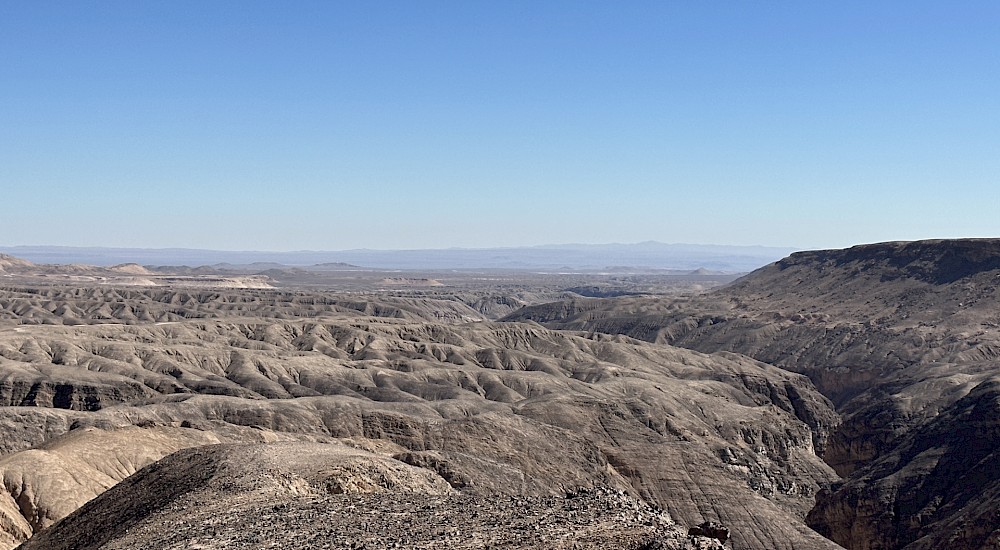 8 of 13
8 of 13 -
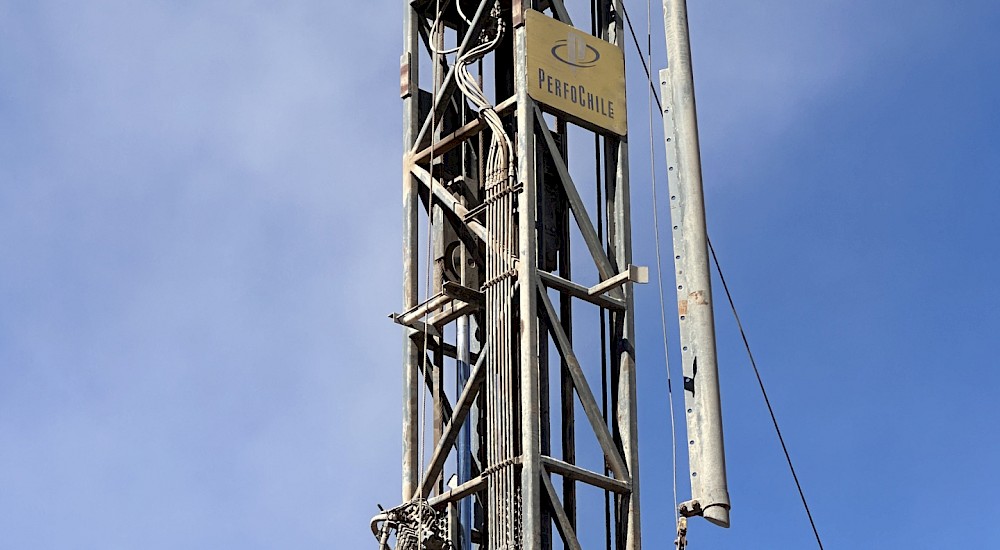 9 of 13
9 of 13 -
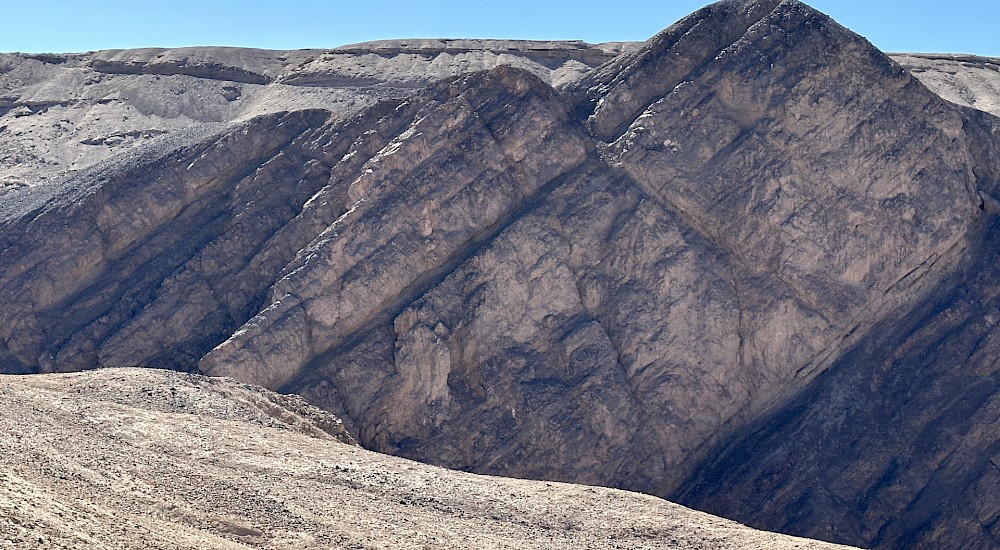 10 of 13
10 of 13 -
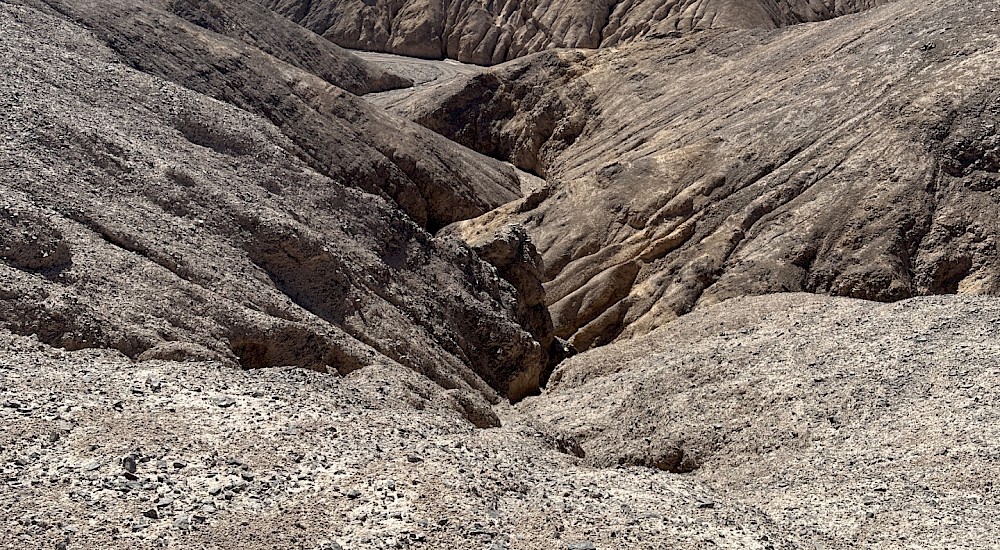 11 of 13
11 of 13 -
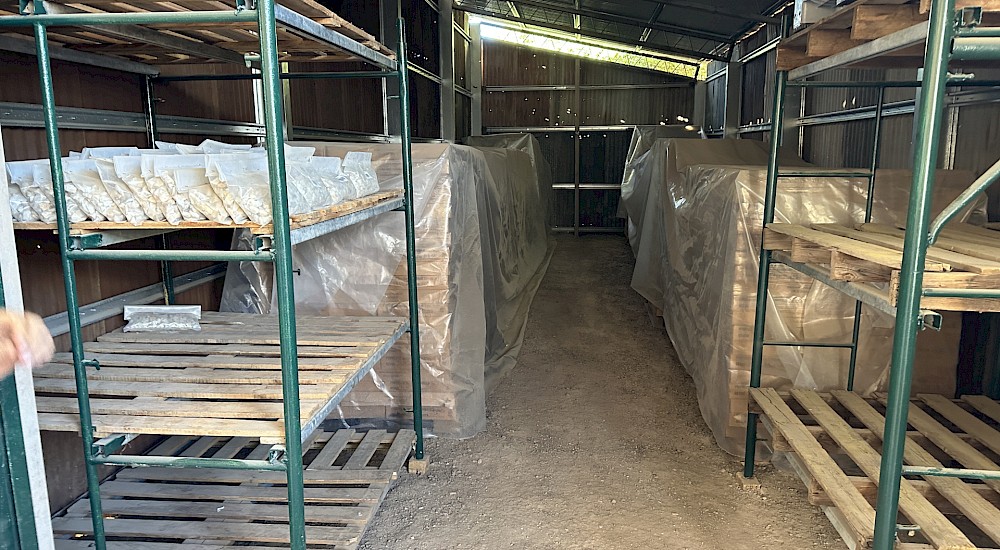 12 of 13
12 of 13 -
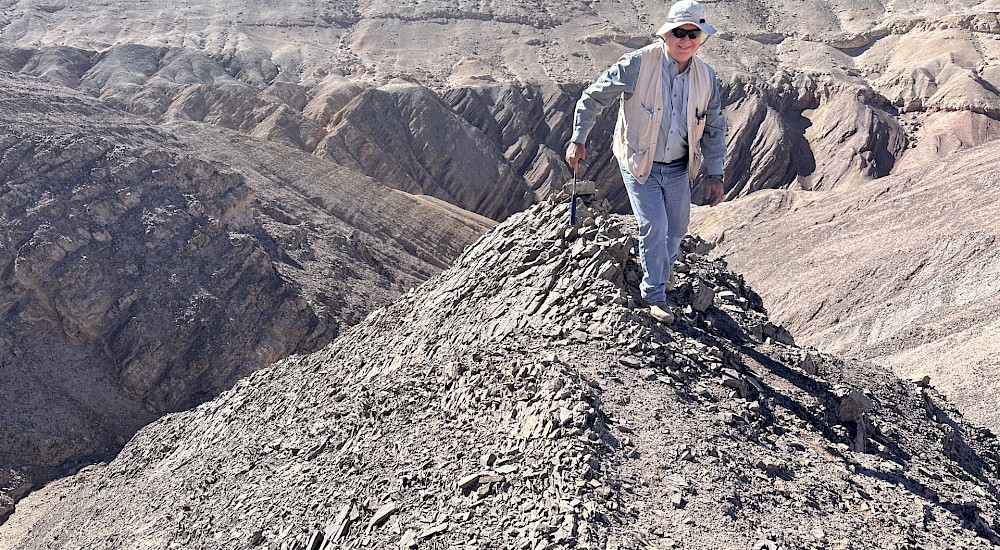 13 of 13
13 of 13
-
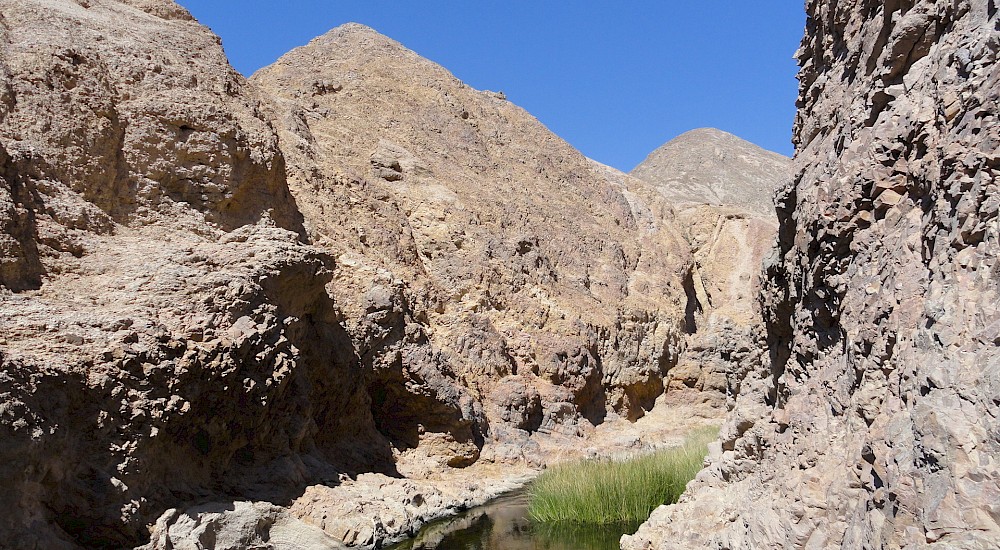 1 of 46
1 of 46 -
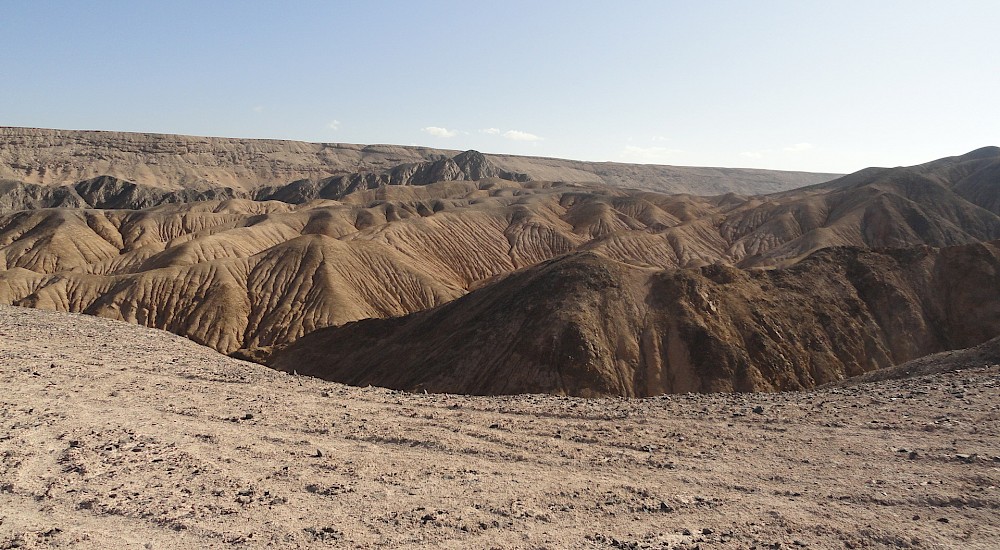 2 of 46
2 of 46 -
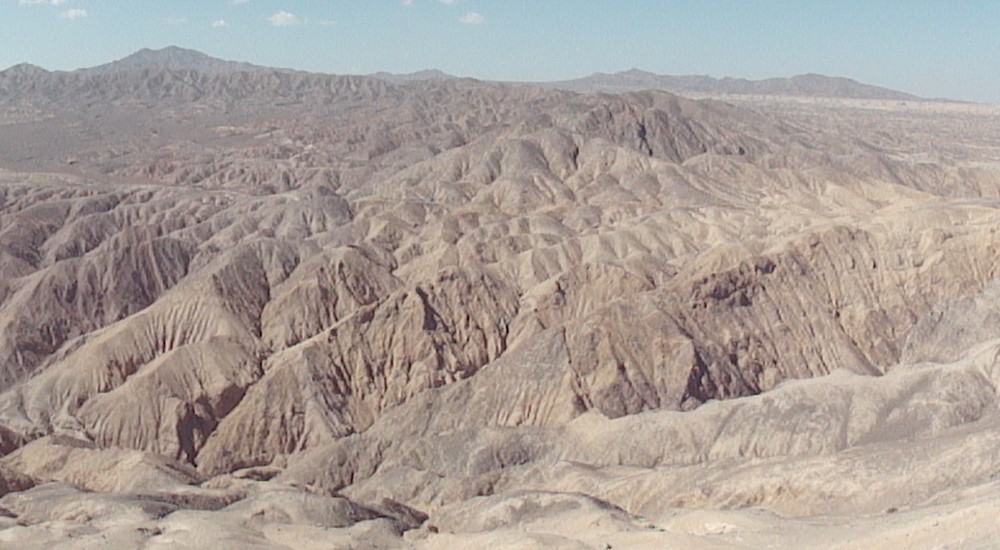 3 of 46
3 of 46 -
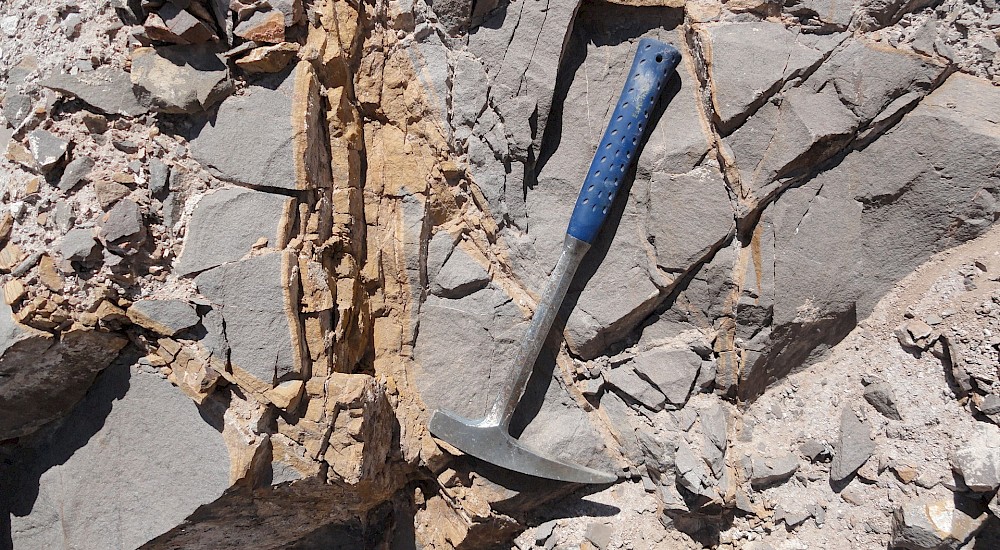 4 of 46
4 of 46 -
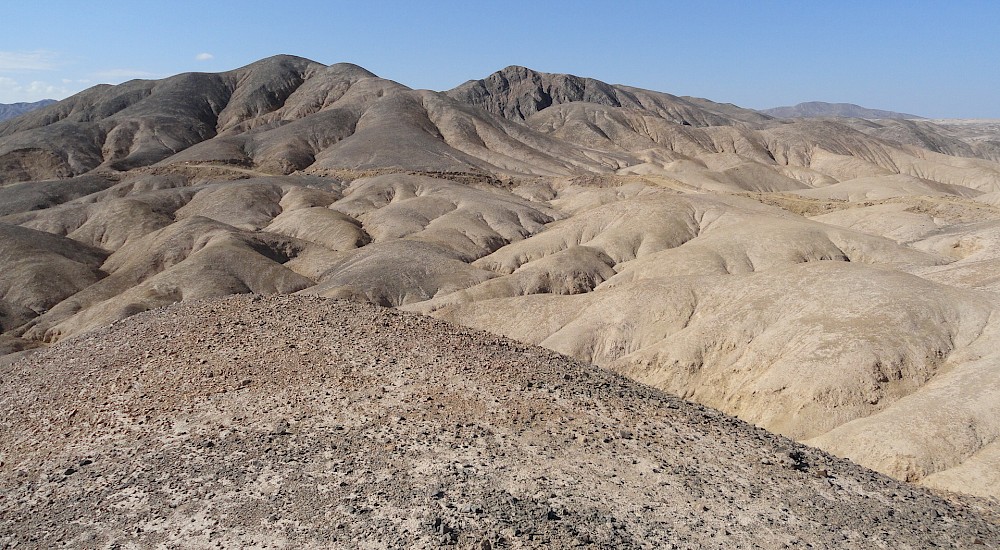 5 of 46
5 of 46 -
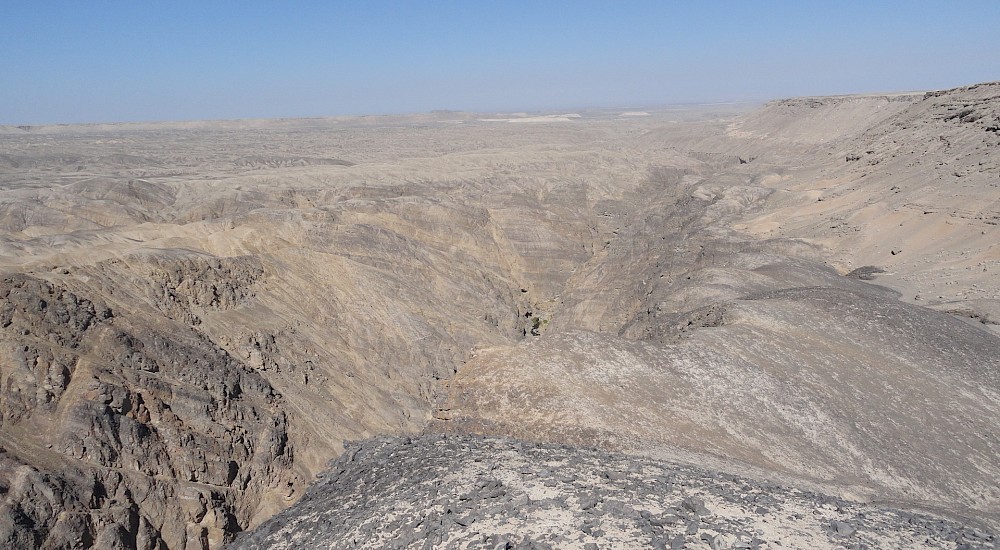 6 of 46
6 of 46 -
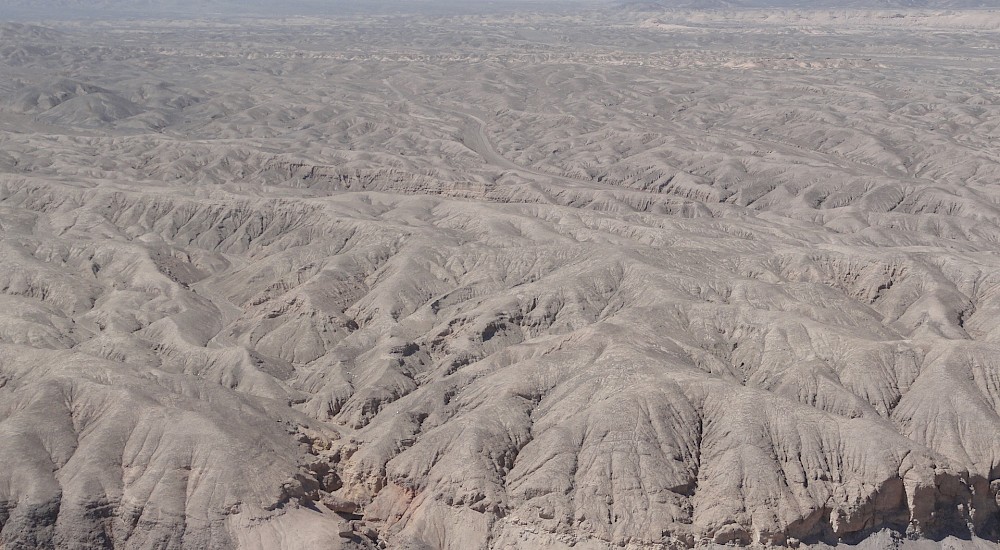 7 of 46
7 of 46 -
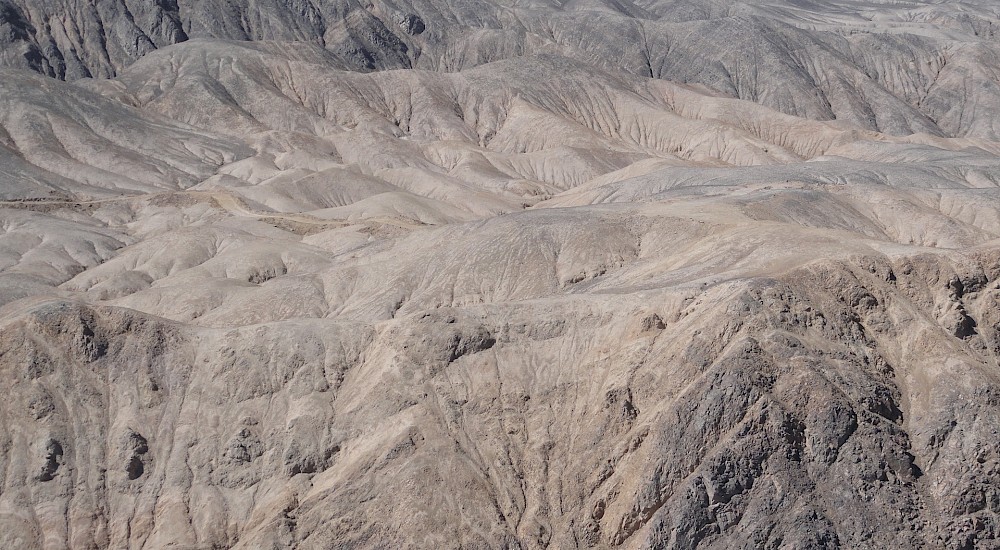 8 of 46
8 of 46 -
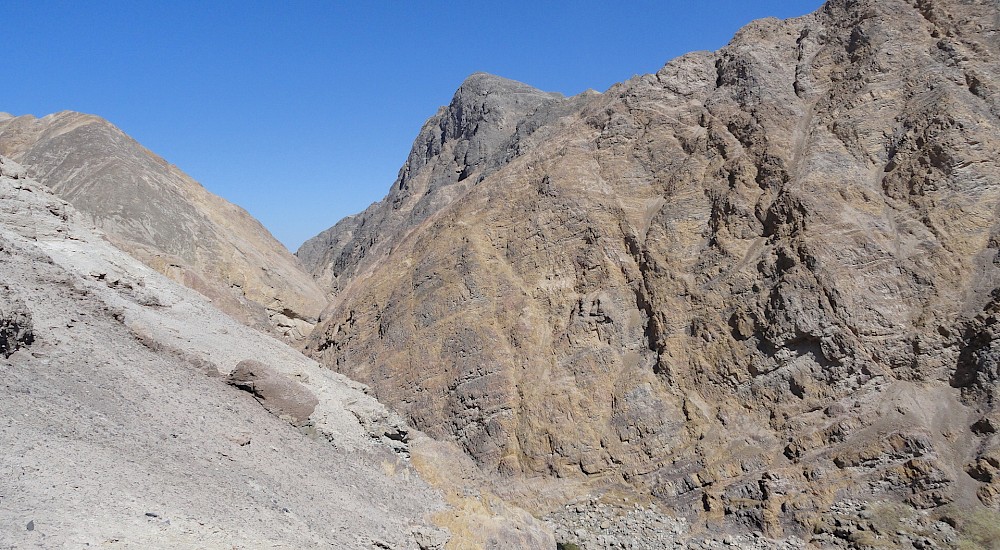 9 of 46
9 of 46 -
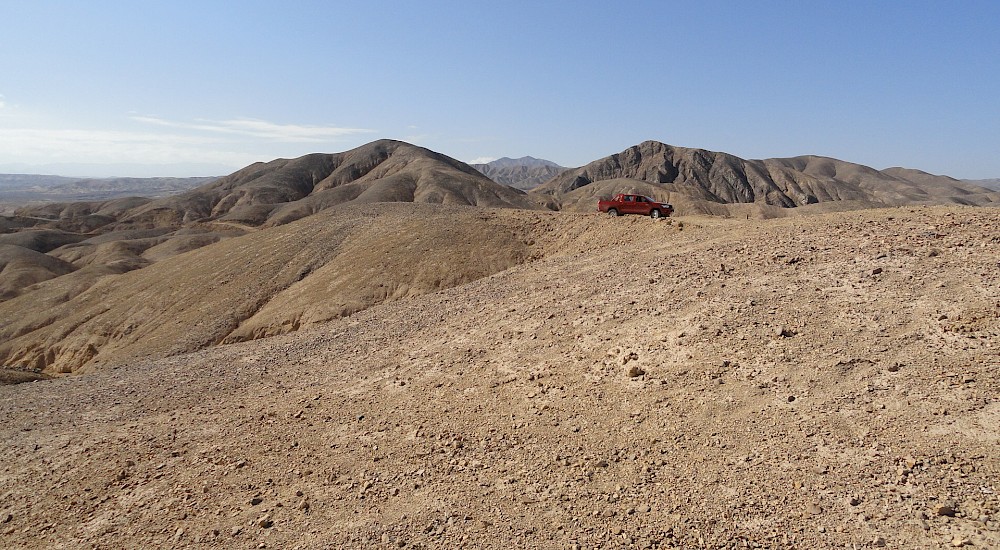 10 of 46
10 of 46 -
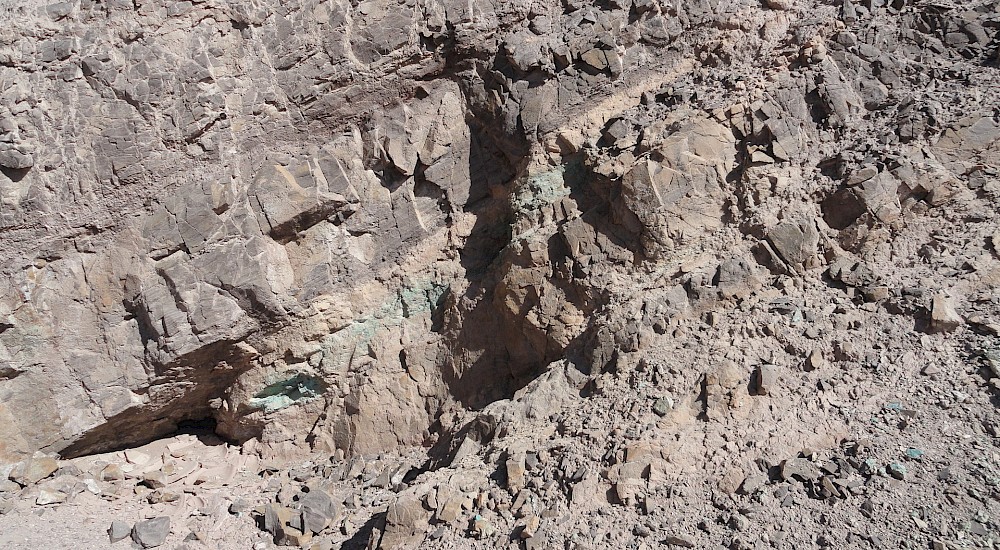 11 of 46
11 of 46 -
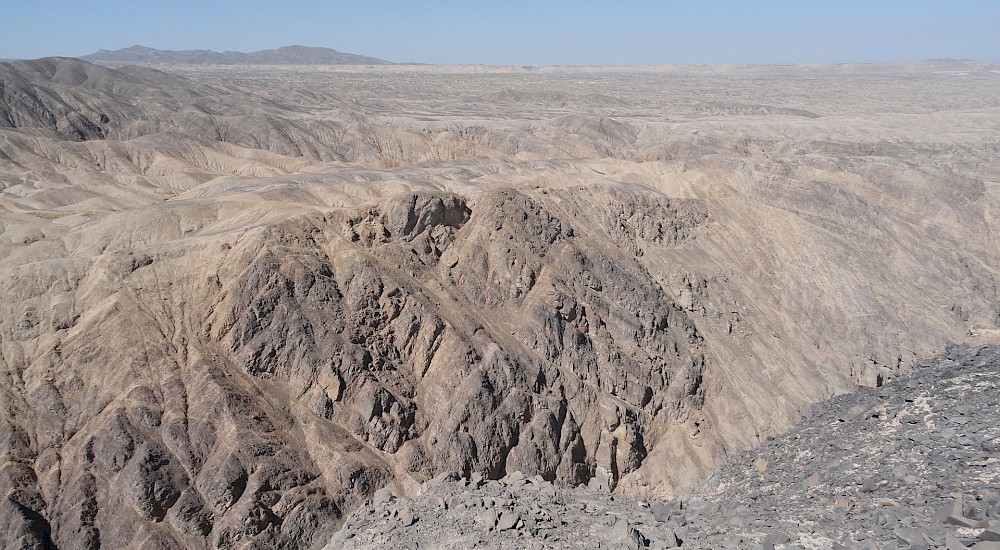 12 of 46
12 of 46 -
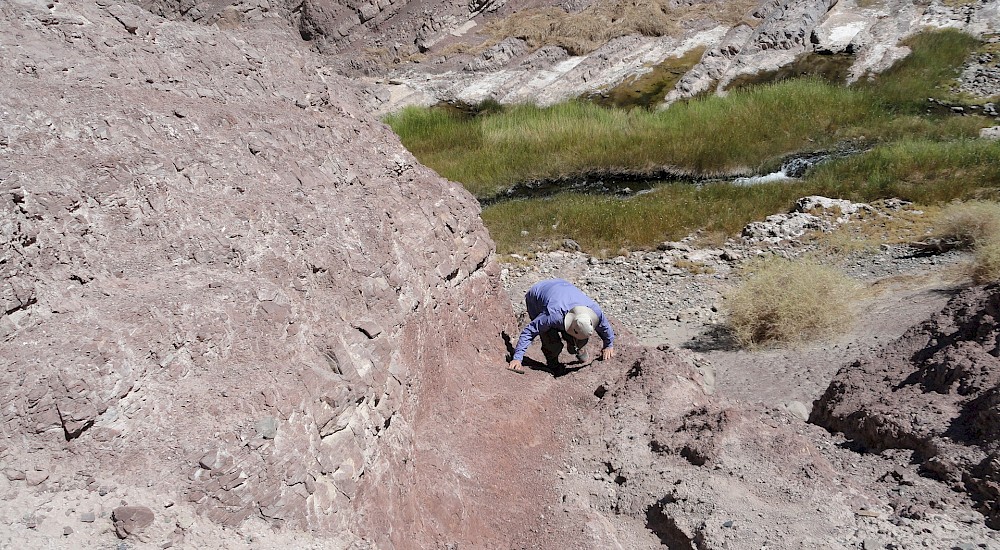 13 of 46
13 of 46 -
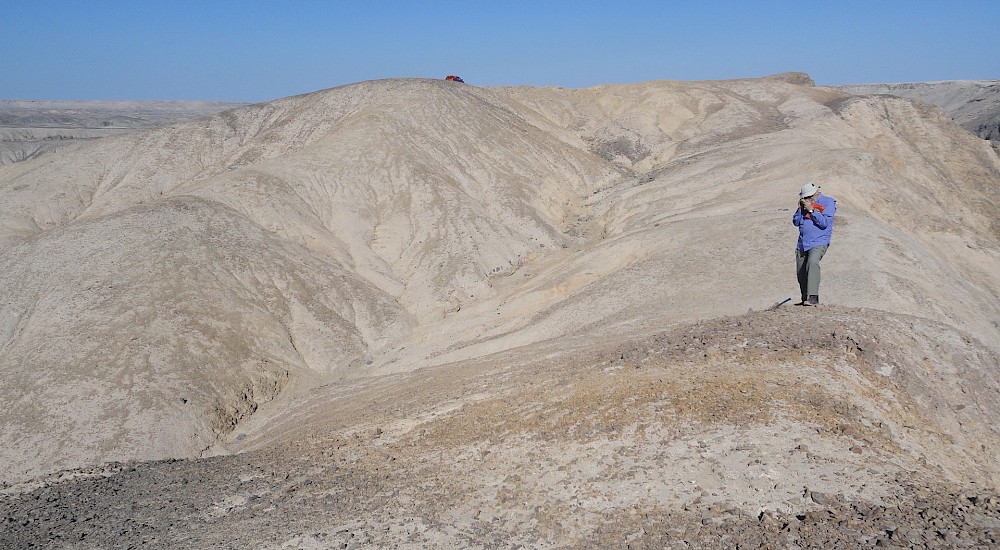 14 of 46
14 of 46 -
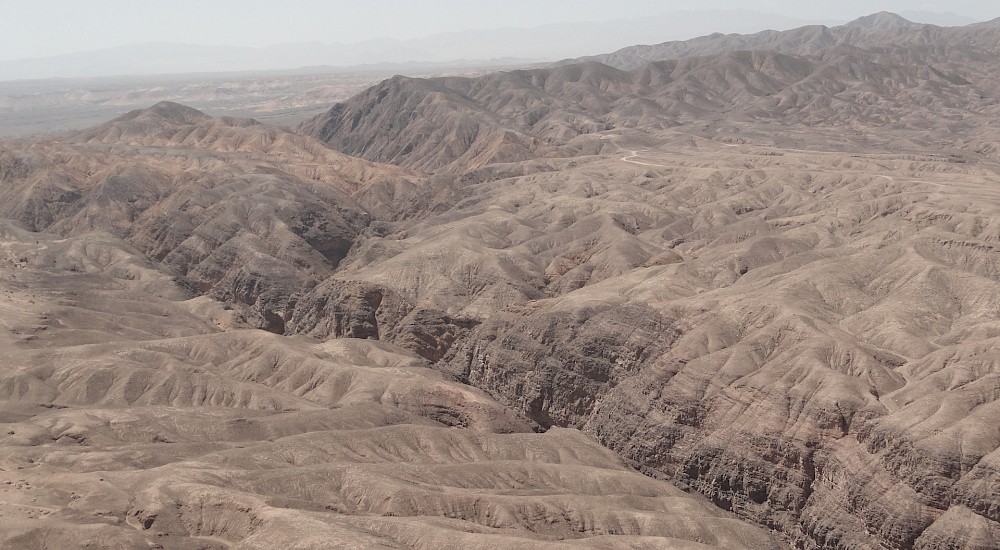 15 of 46
15 of 46 -
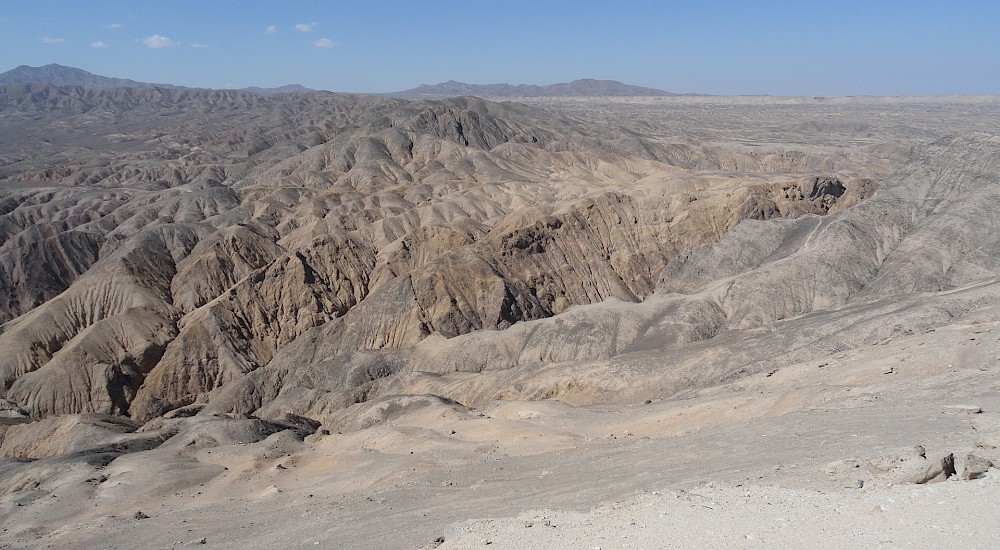 16 of 46
16 of 46 -
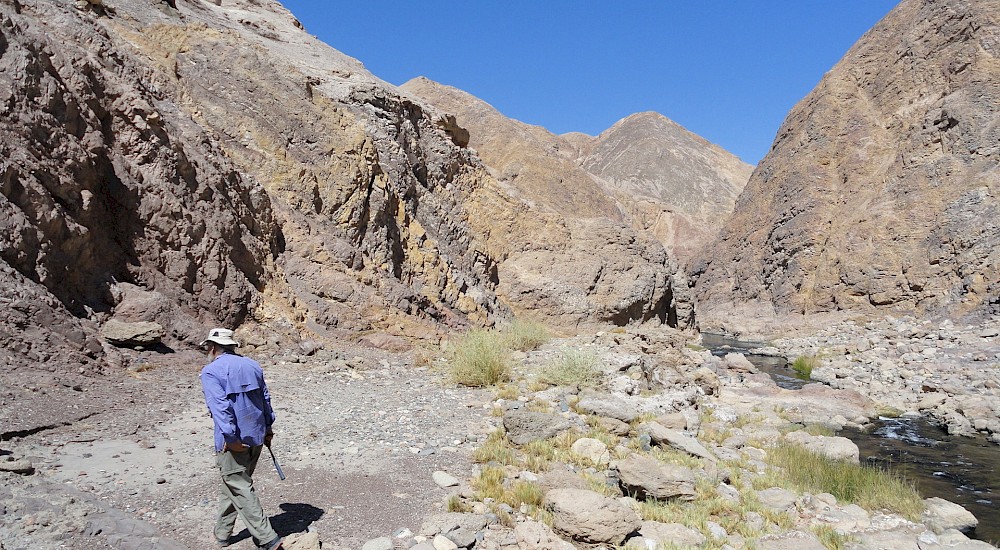 17 of 46
17 of 46 -
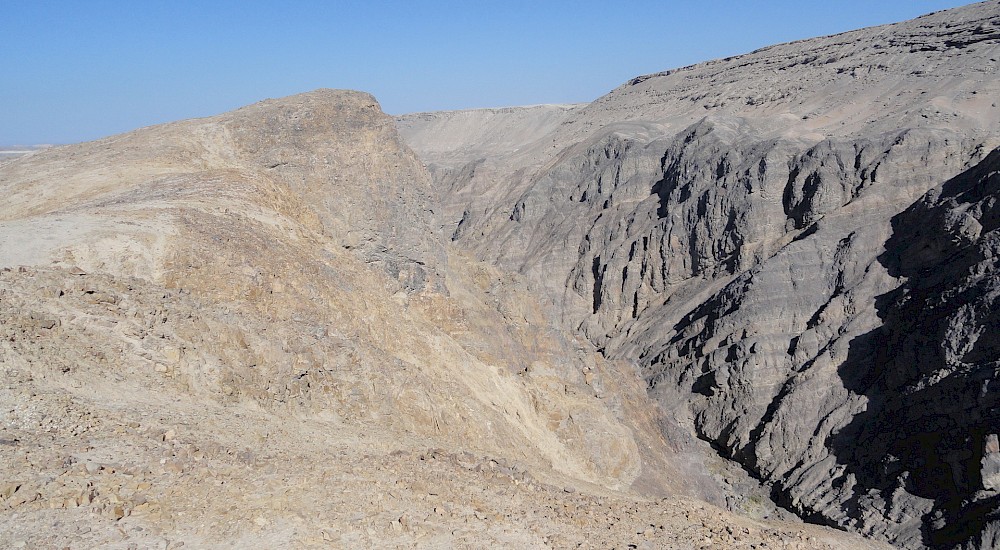 18 of 46
18 of 46 -
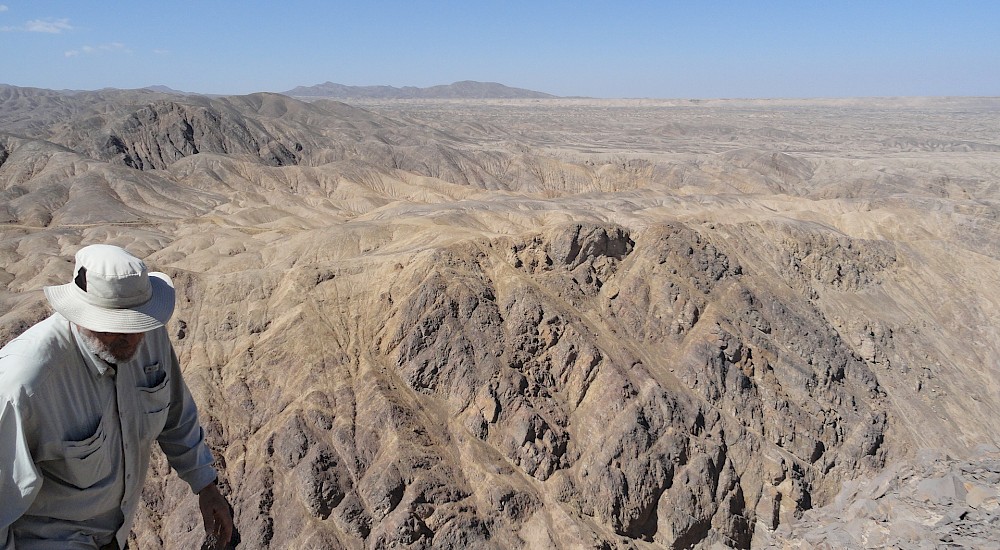 19 of 46
19 of 46 -
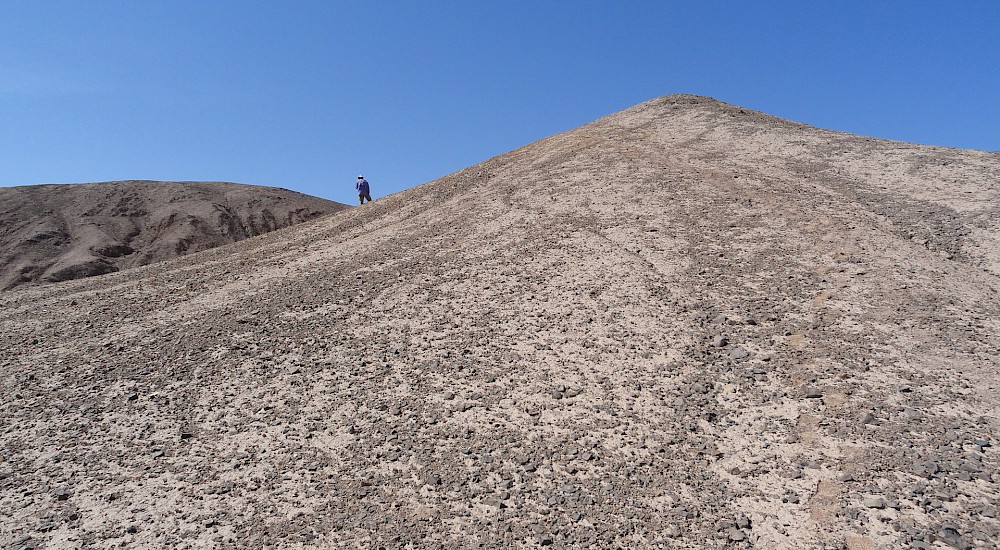 20 of 46
20 of 46 -
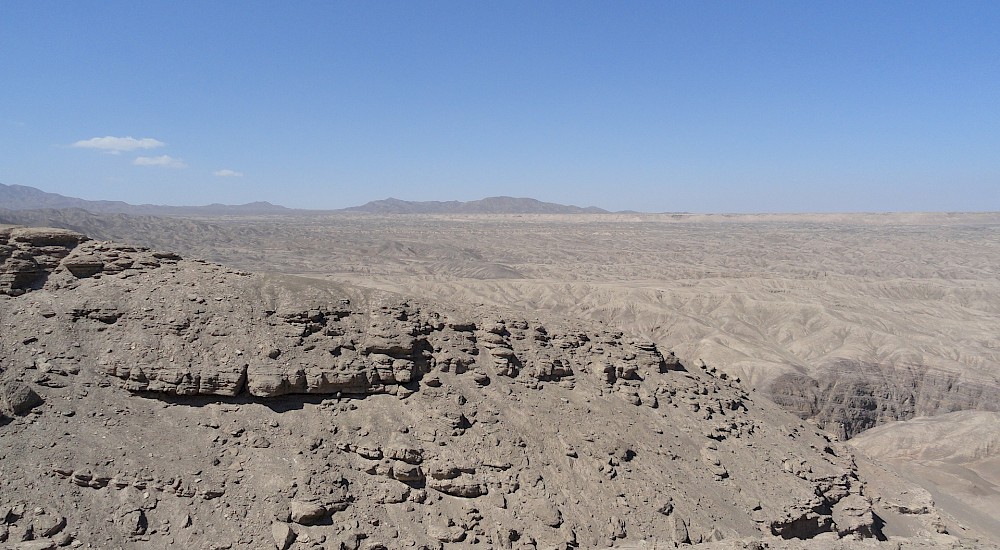 21 of 46
21 of 46 -
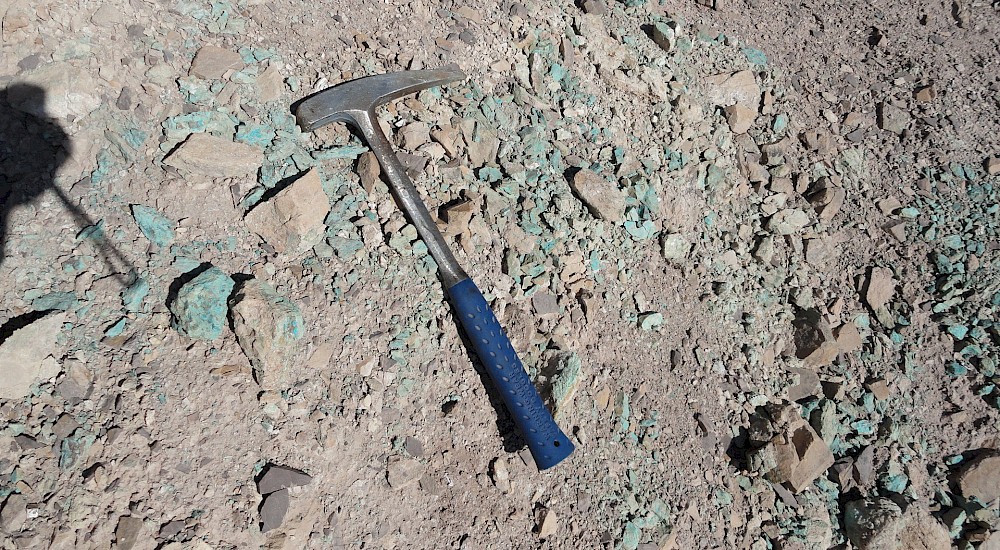 22 of 46
22 of 46 -
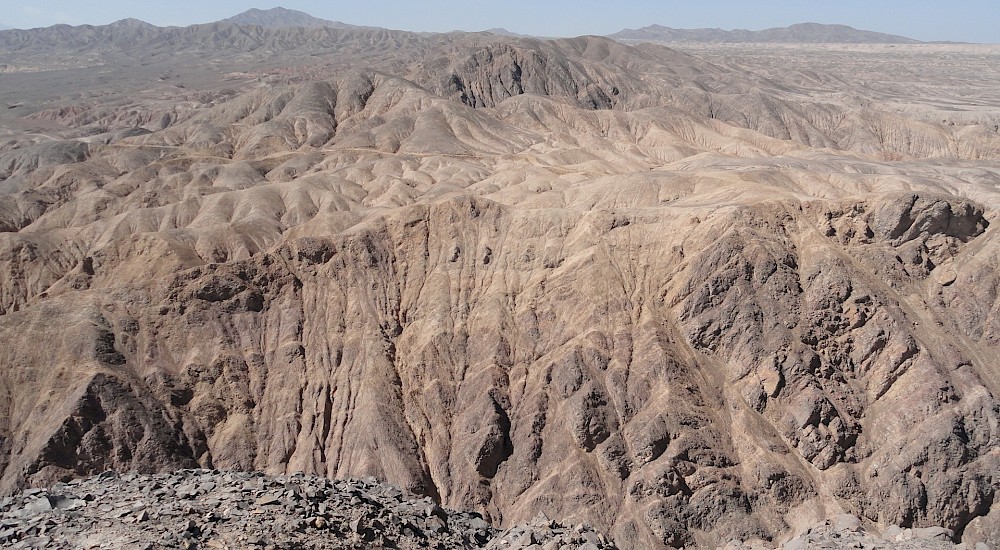 23 of 46
23 of 46 -
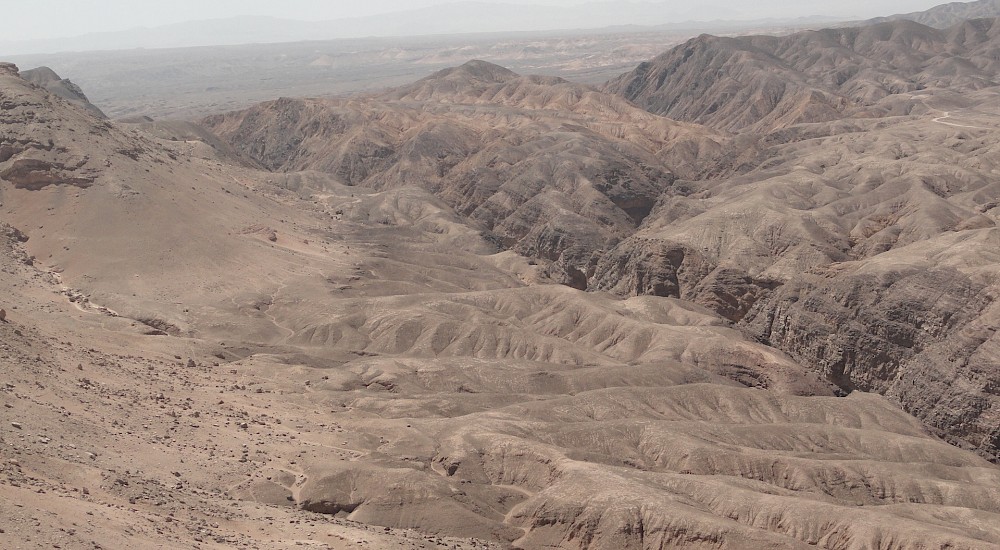 24 of 46
24 of 46 -
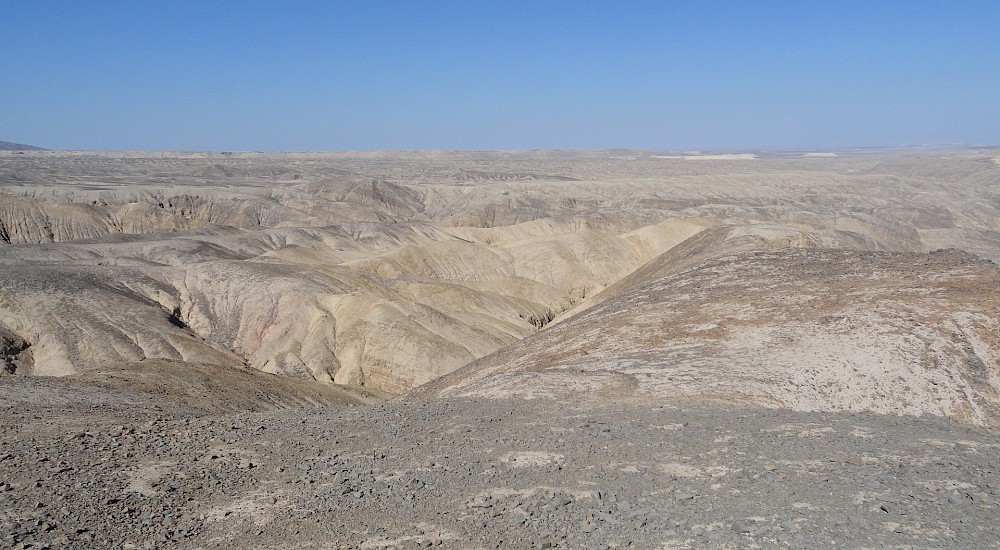 25 of 46
25 of 46 -
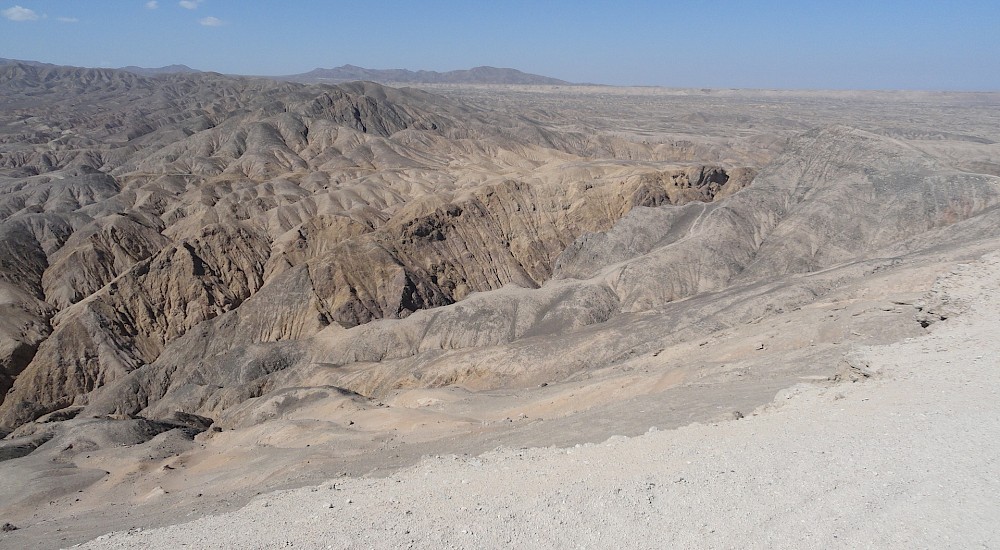 26 of 46
26 of 46 -
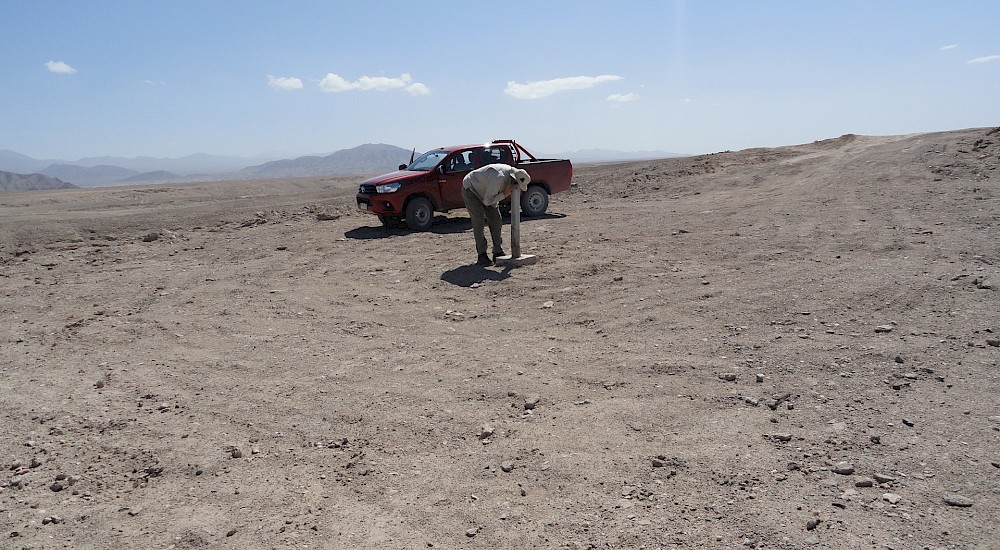 27 of 46
27 of 46 -
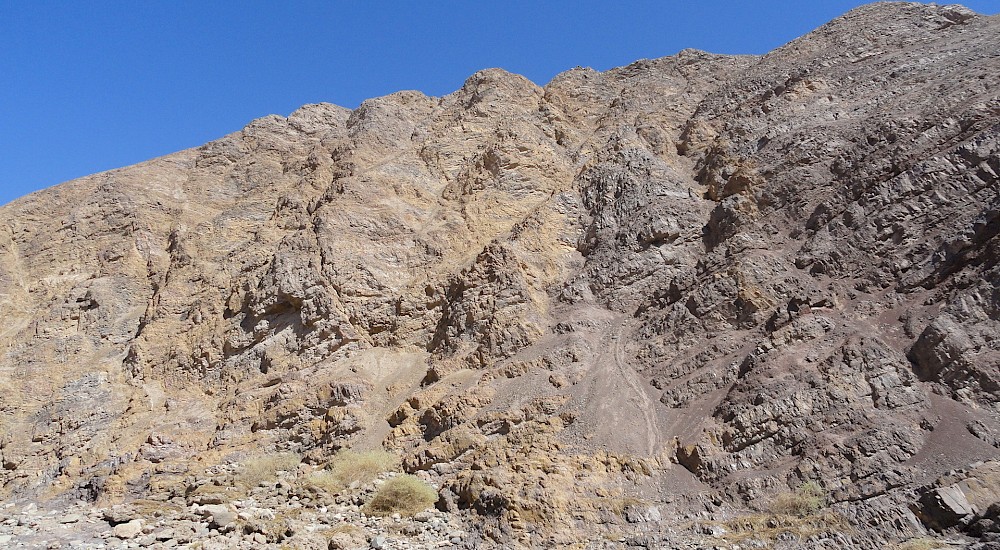 28 of 46
28 of 46 -
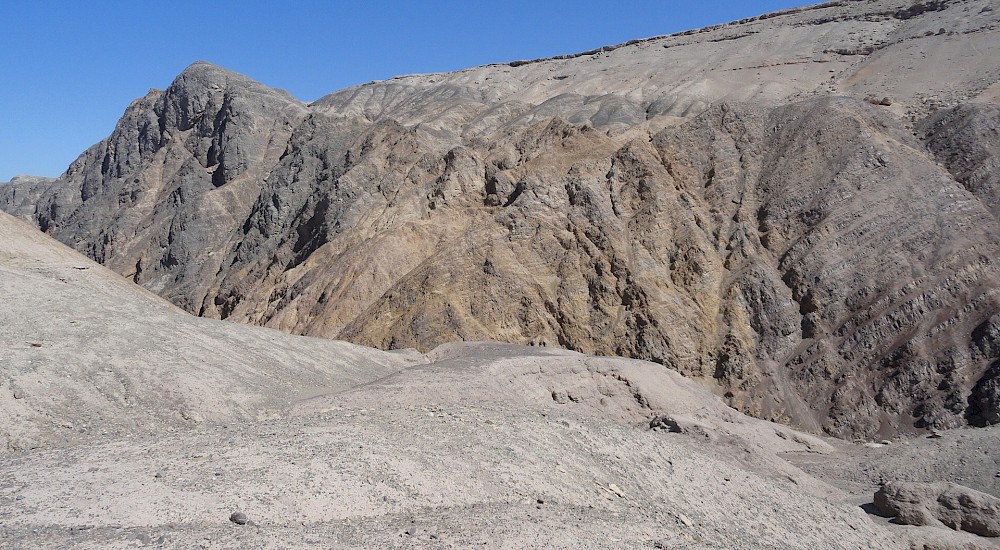 29 of 46
29 of 46 -
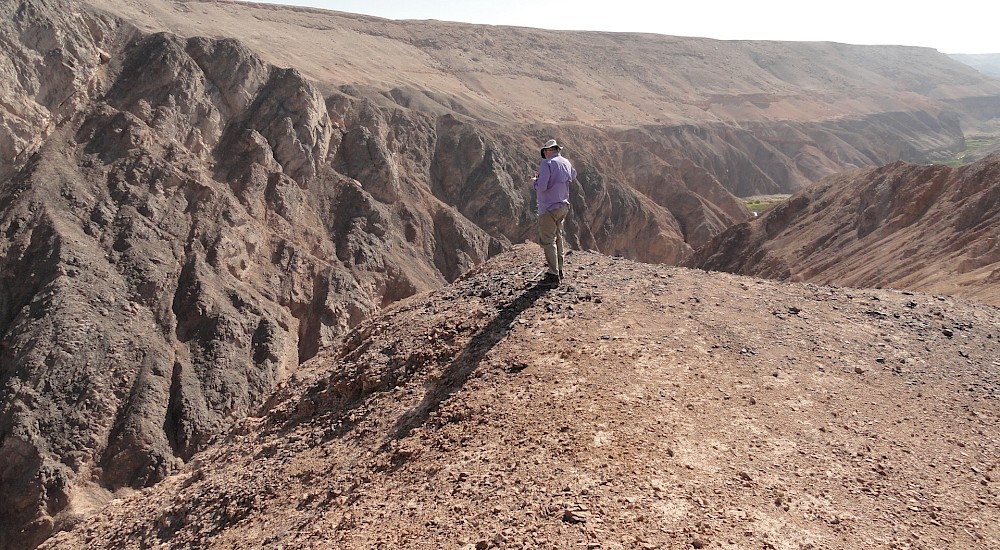 30 of 46
30 of 46 -
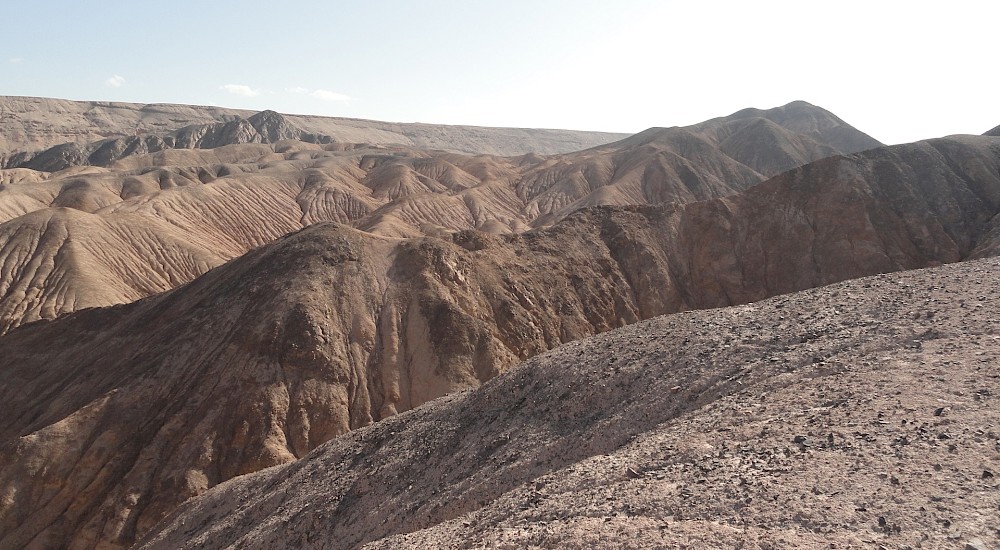 31 of 46
31 of 46 -
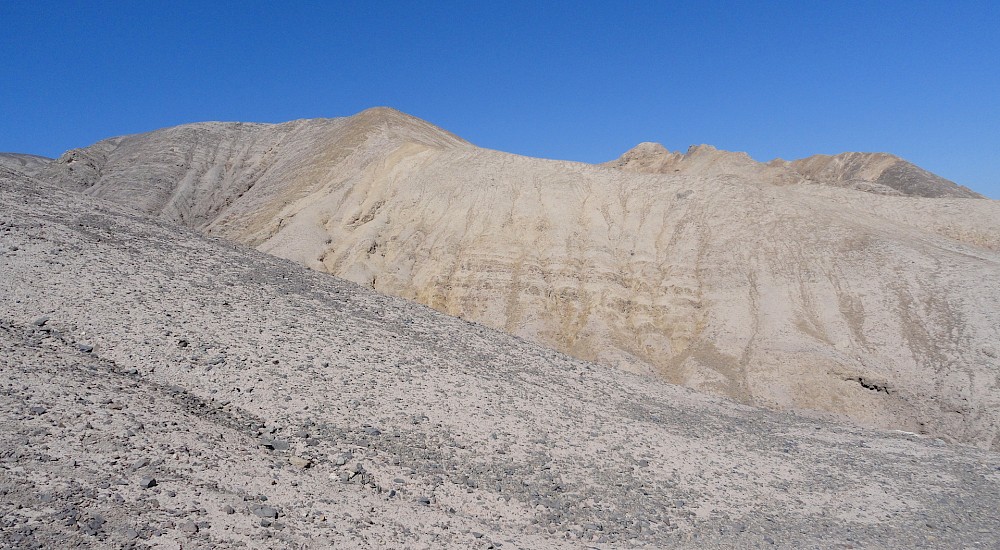 32 of 46
32 of 46 -
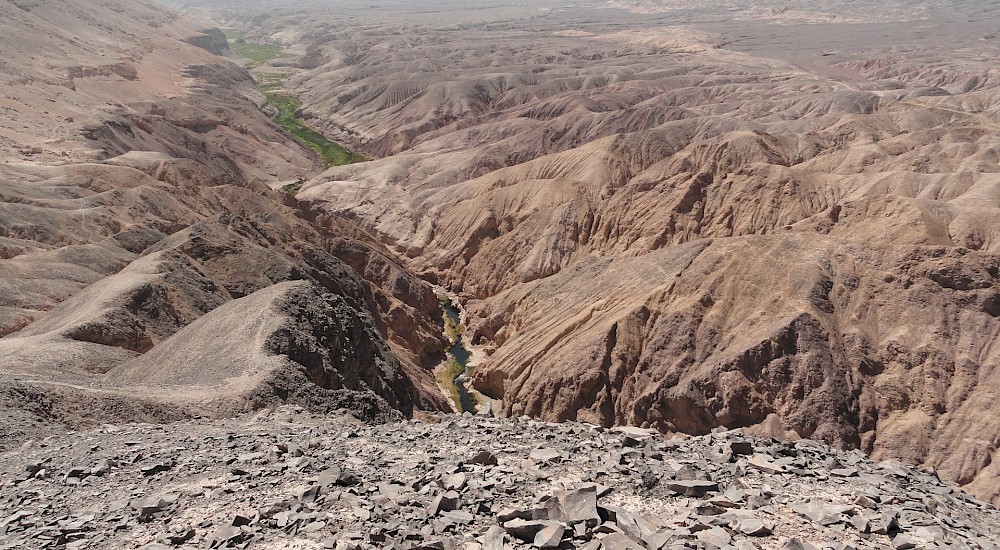 33 of 46
33 of 46 -
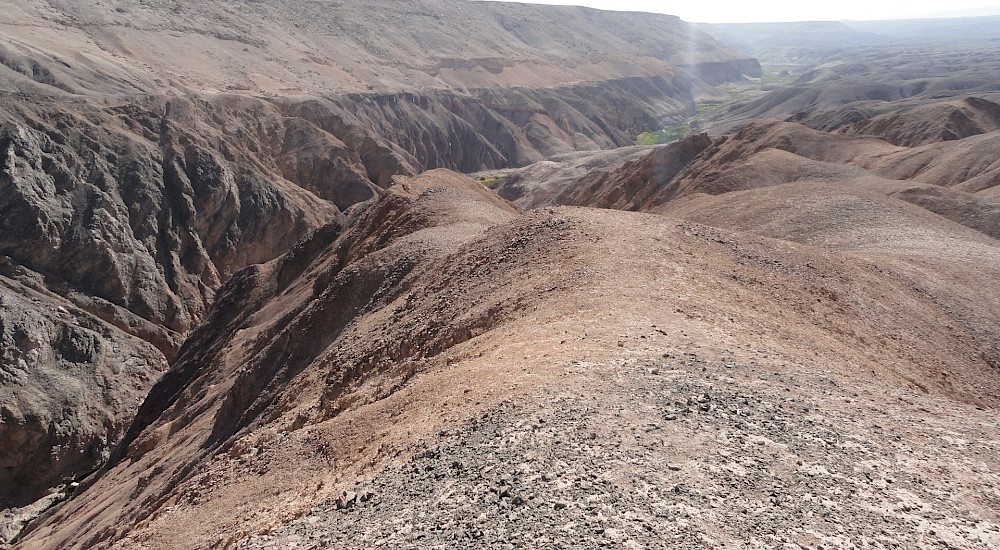 34 of 46
34 of 46 -
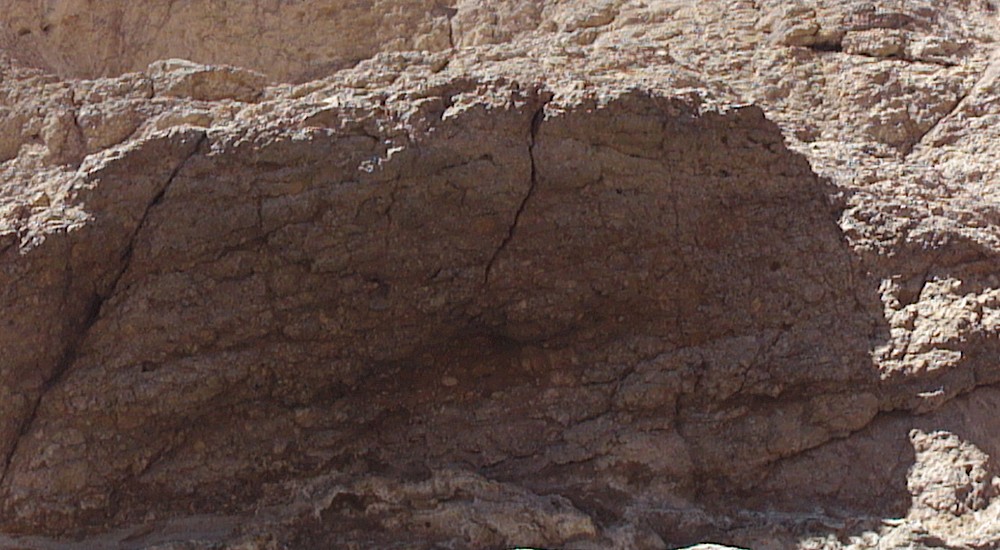 35 of 46
35 of 46 -
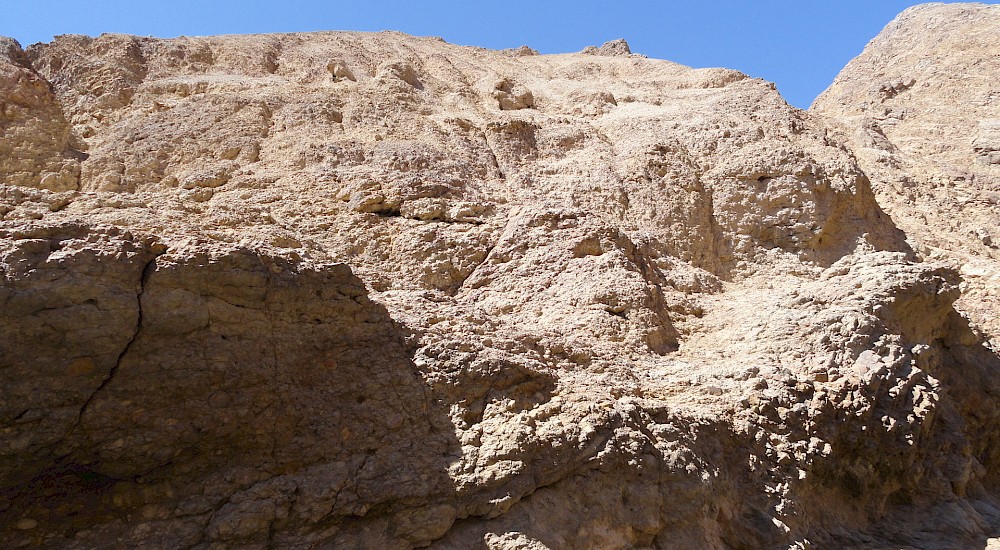 36 of 46
36 of 46 -
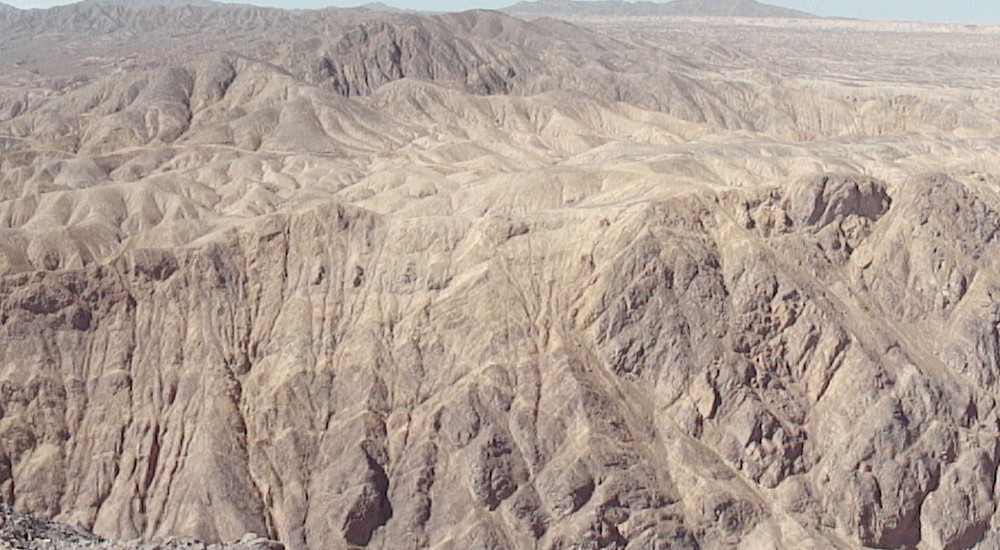 37 of 46
37 of 46 -
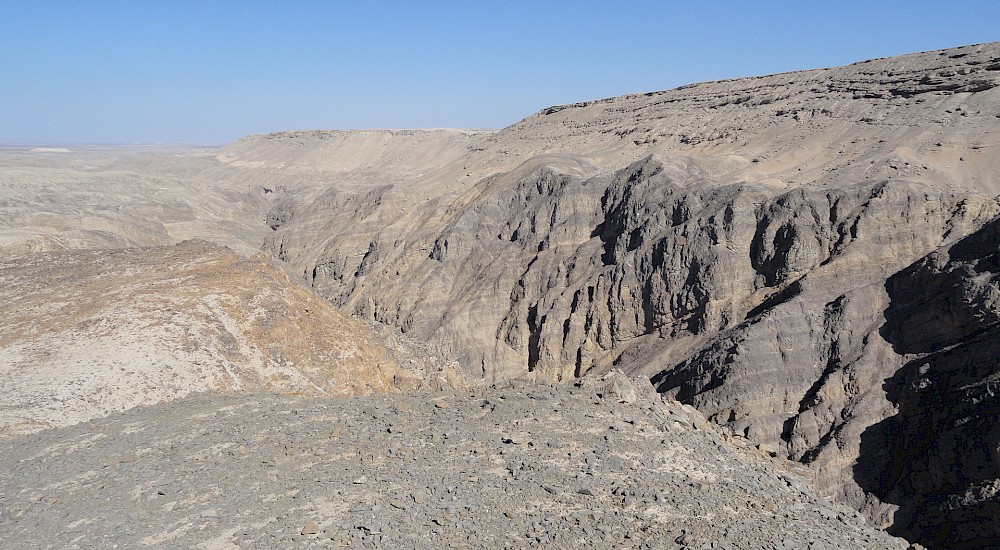 38 of 46
38 of 46 -
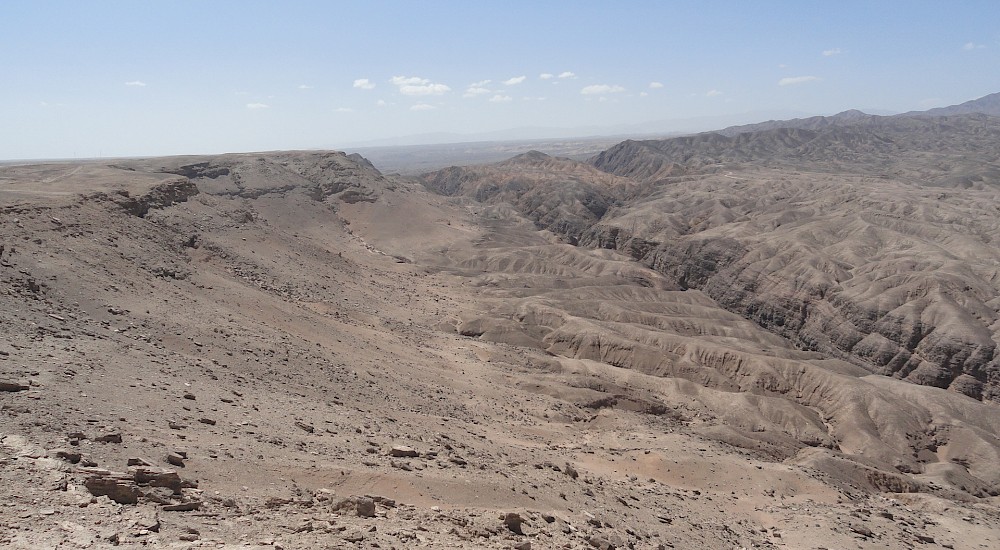 39 of 46
39 of 46 -
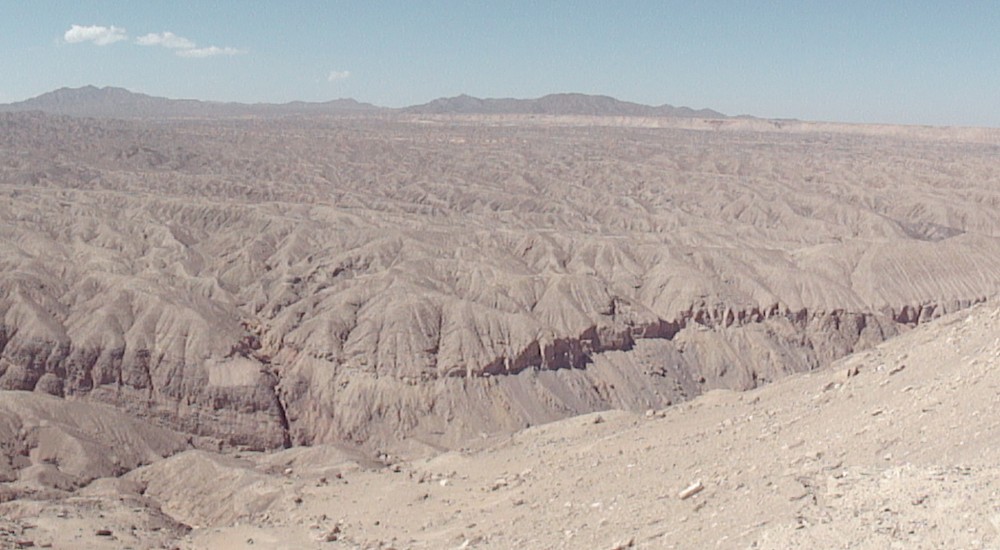 40 of 46
40 of 46 -
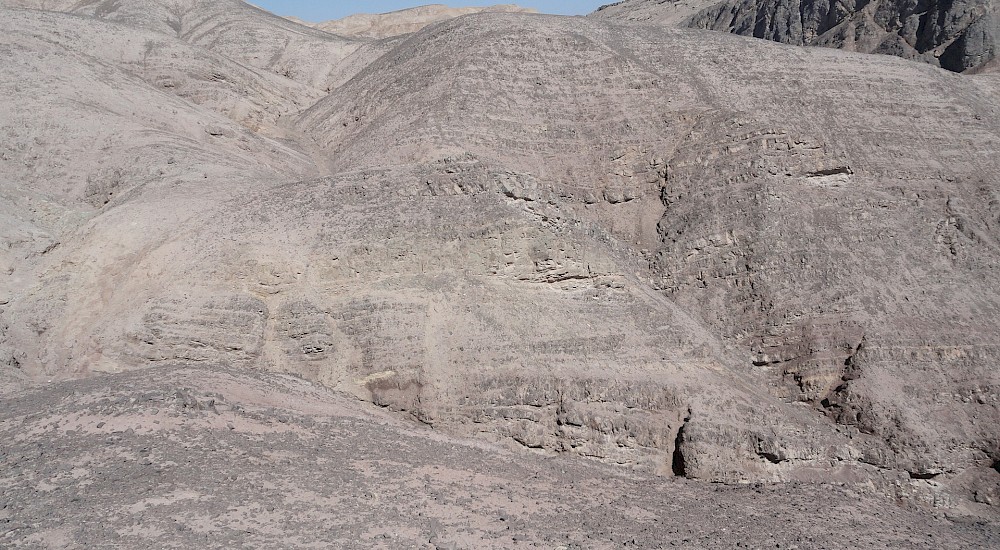 41 of 46
41 of 46 -
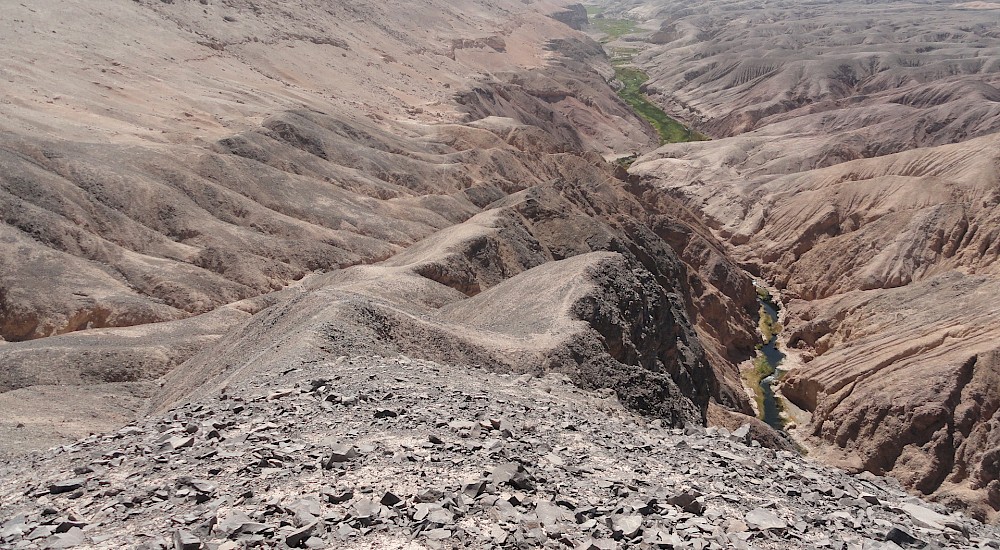 42 of 46
42 of 46 -
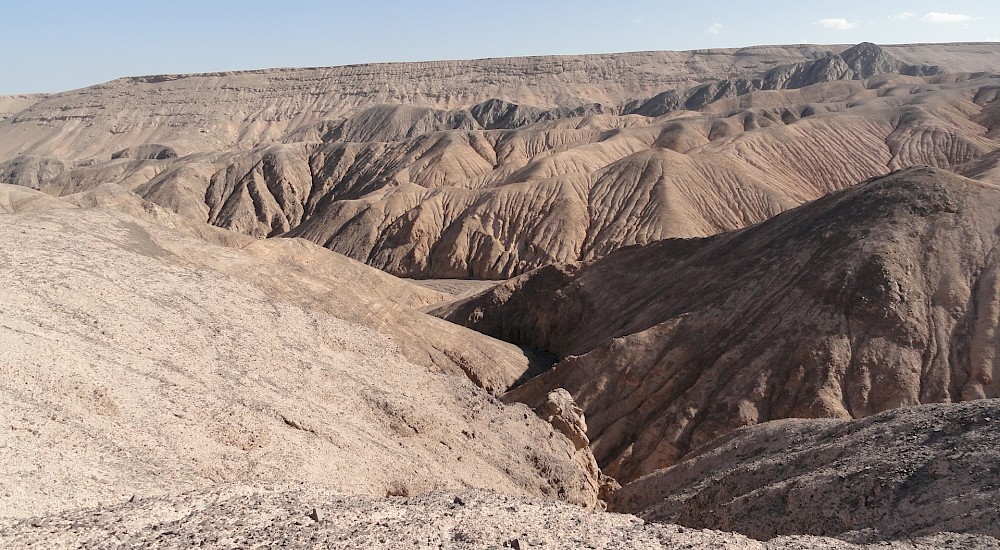 43 of 46
43 of 46 -
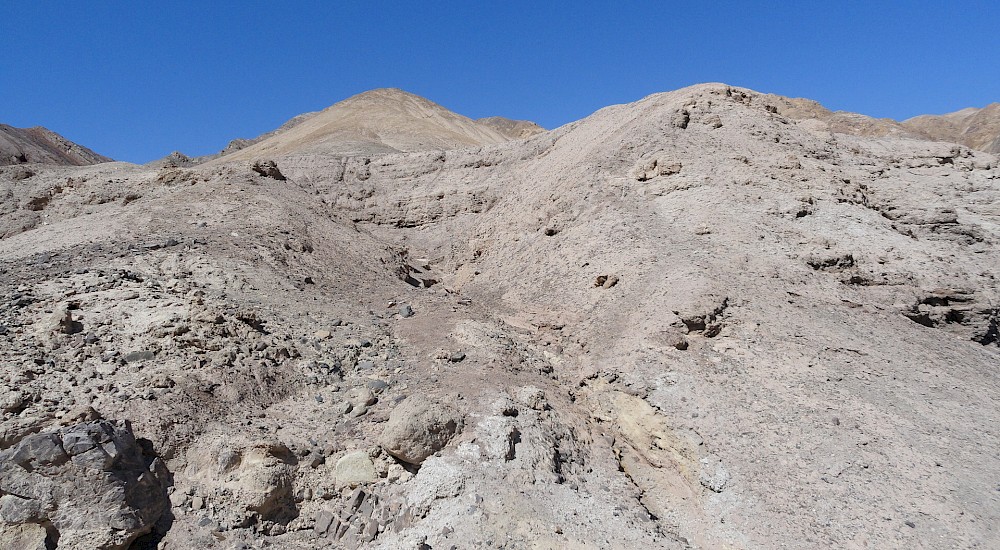 44 of 46
44 of 46 -
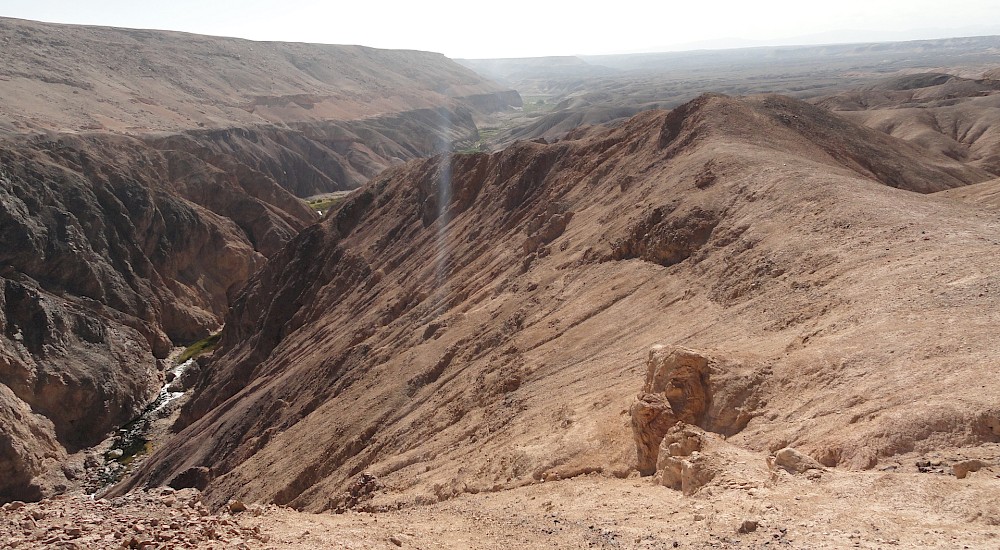 45 of 46
45 of 46 -
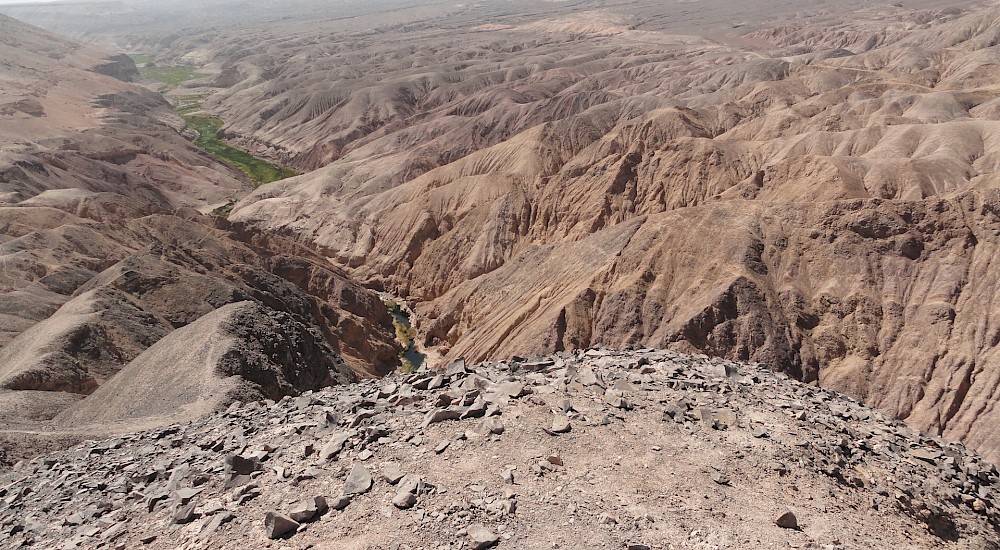 46 of 46
46 of 46
Project Ownership*
Alto Verde Copper Inc., acquired 100% of the Tres Marías, Pitbull and Zenaida mining concessions from Minera Freeport-McMoRan South America Limitada (“MFMSA”), a wholly owned subsidiary of Freeport-McMoRan Inc. The Tres Marías project is subject to a purchase option by MFMSA such that upon completing US$5 million of qualifying exploration expenditures on the property within 5 years, MFMSA shall have the right to acquire either a 51% interest in MTM’s share capital for US$12.5 million, a 49% interest in MTM’s share capital for a nominal amount, OR not acquire any interest in MTM. If MFMSA acquires a 51% interest in MTM’s share capital, Alto Verde will be granted a 0.5% NSR royalty over the Property. If MFMSA acquries a 49% interest or 0% interest in MTM’s share capital, MFMSA will be granted a 1.0% NSR royalty over the Property. MFMSA also holds a 1% NSR Royalty on both the Pitbull and Zenaida properties.Projects

Register to receive news via email from Interra Copper Corp.
* Required FieldsForm not found -

